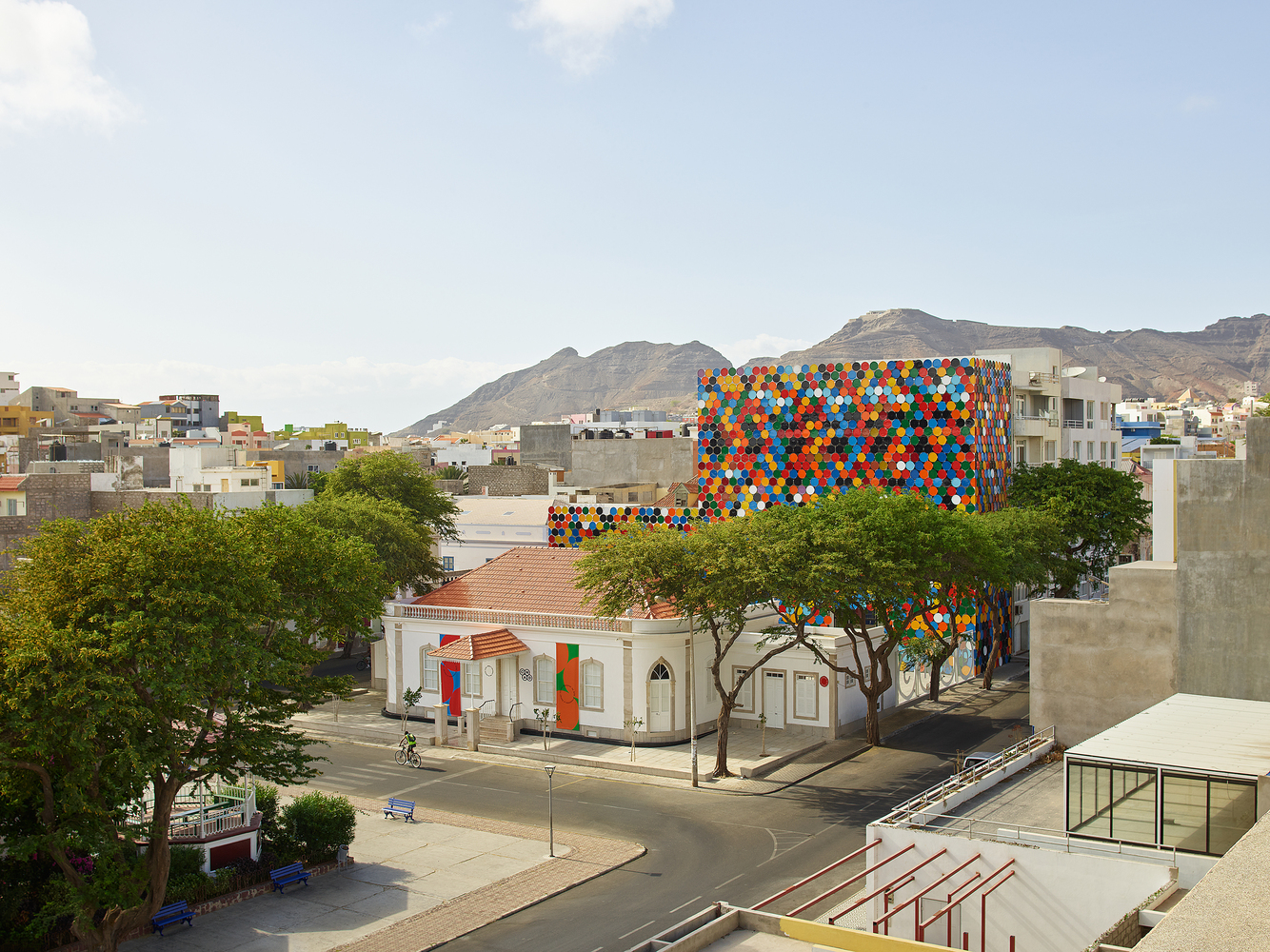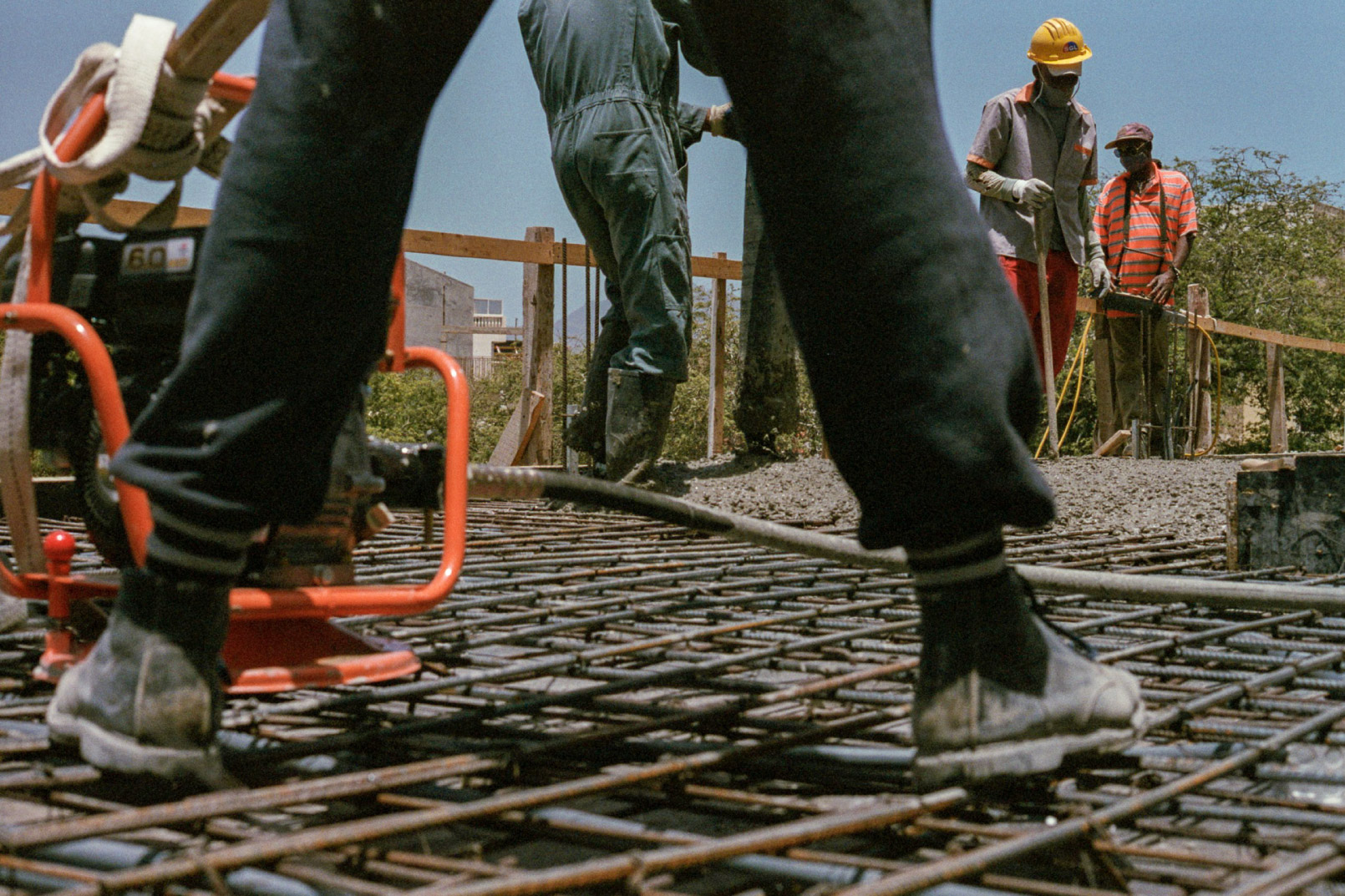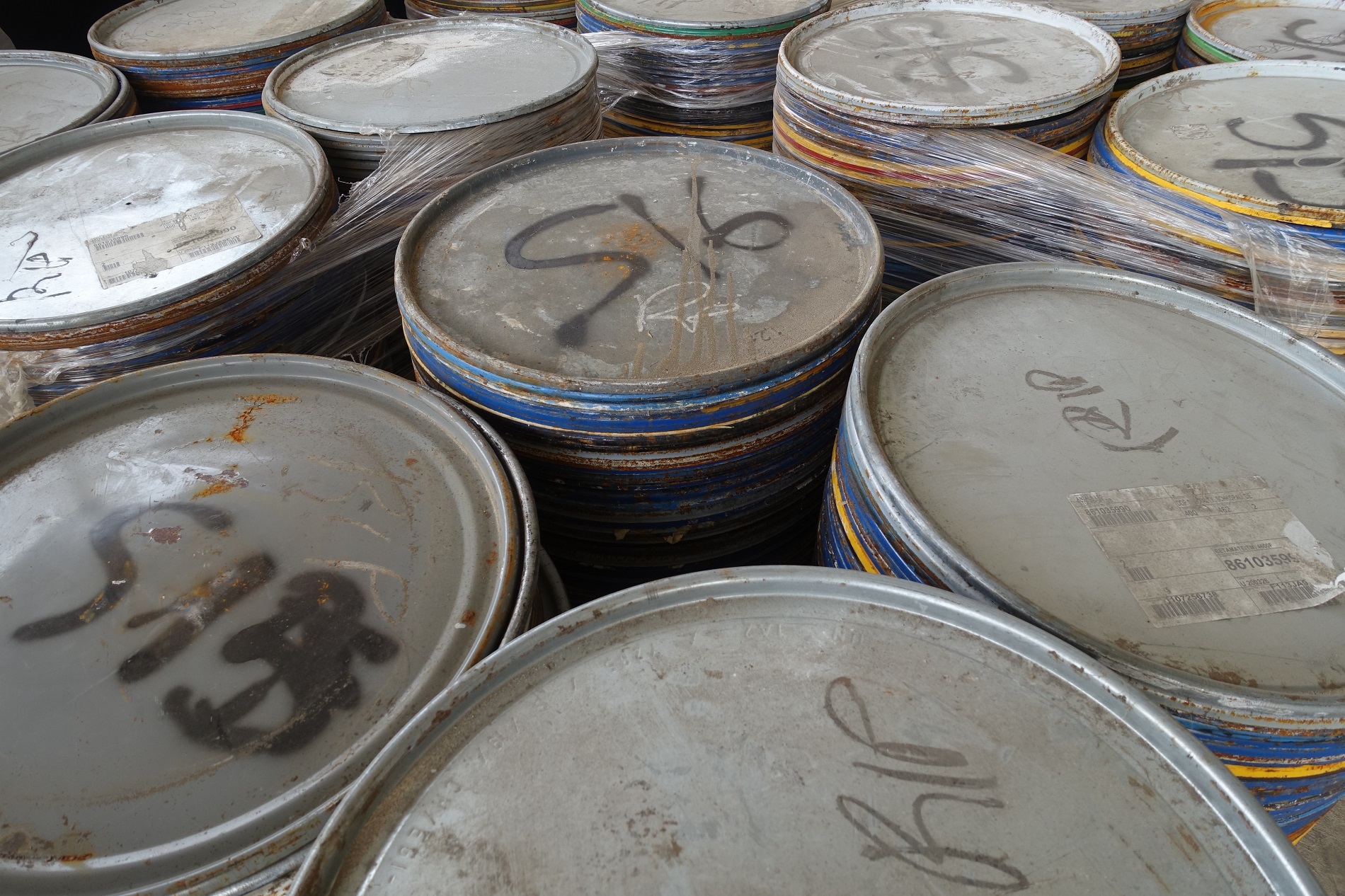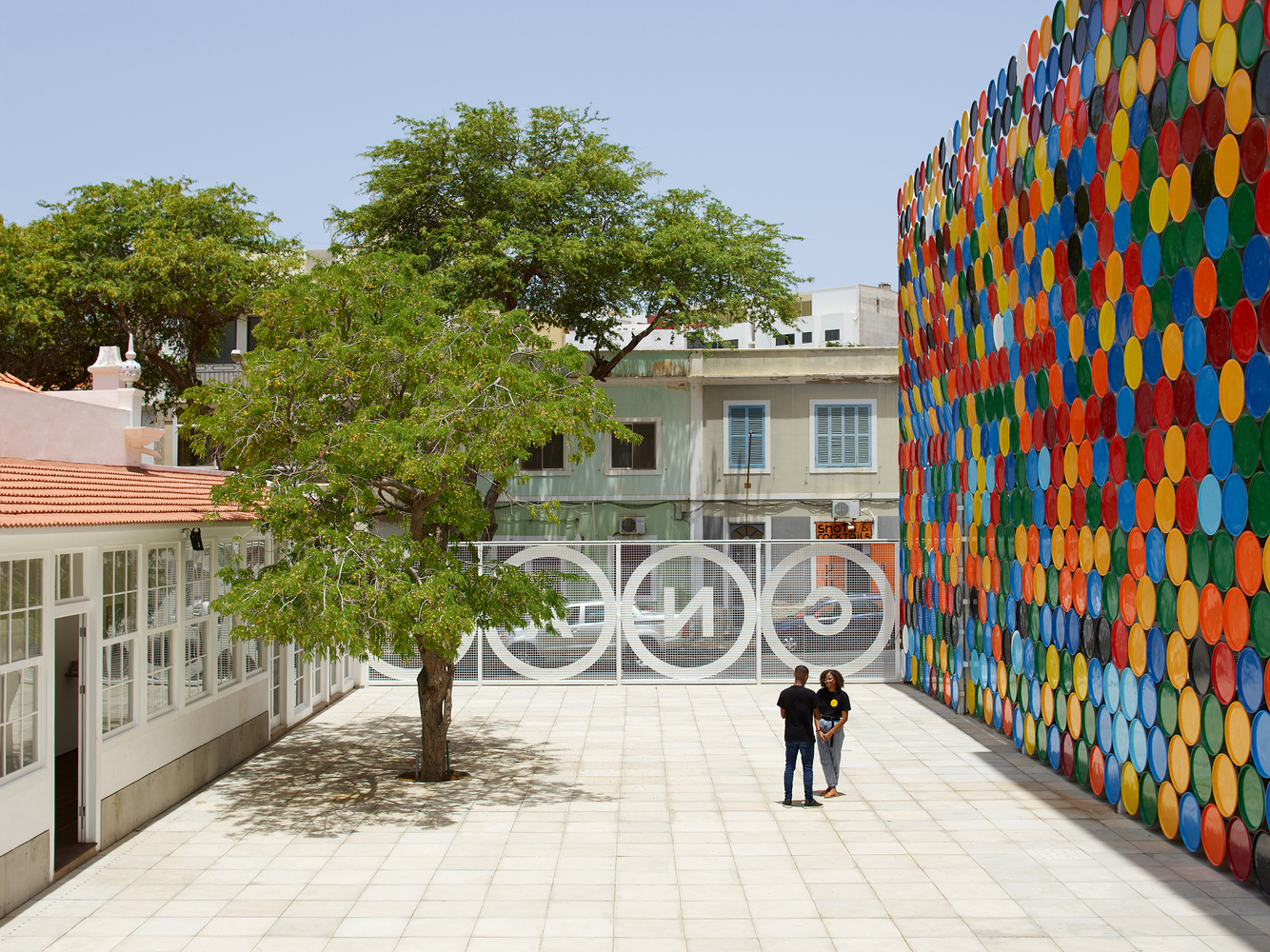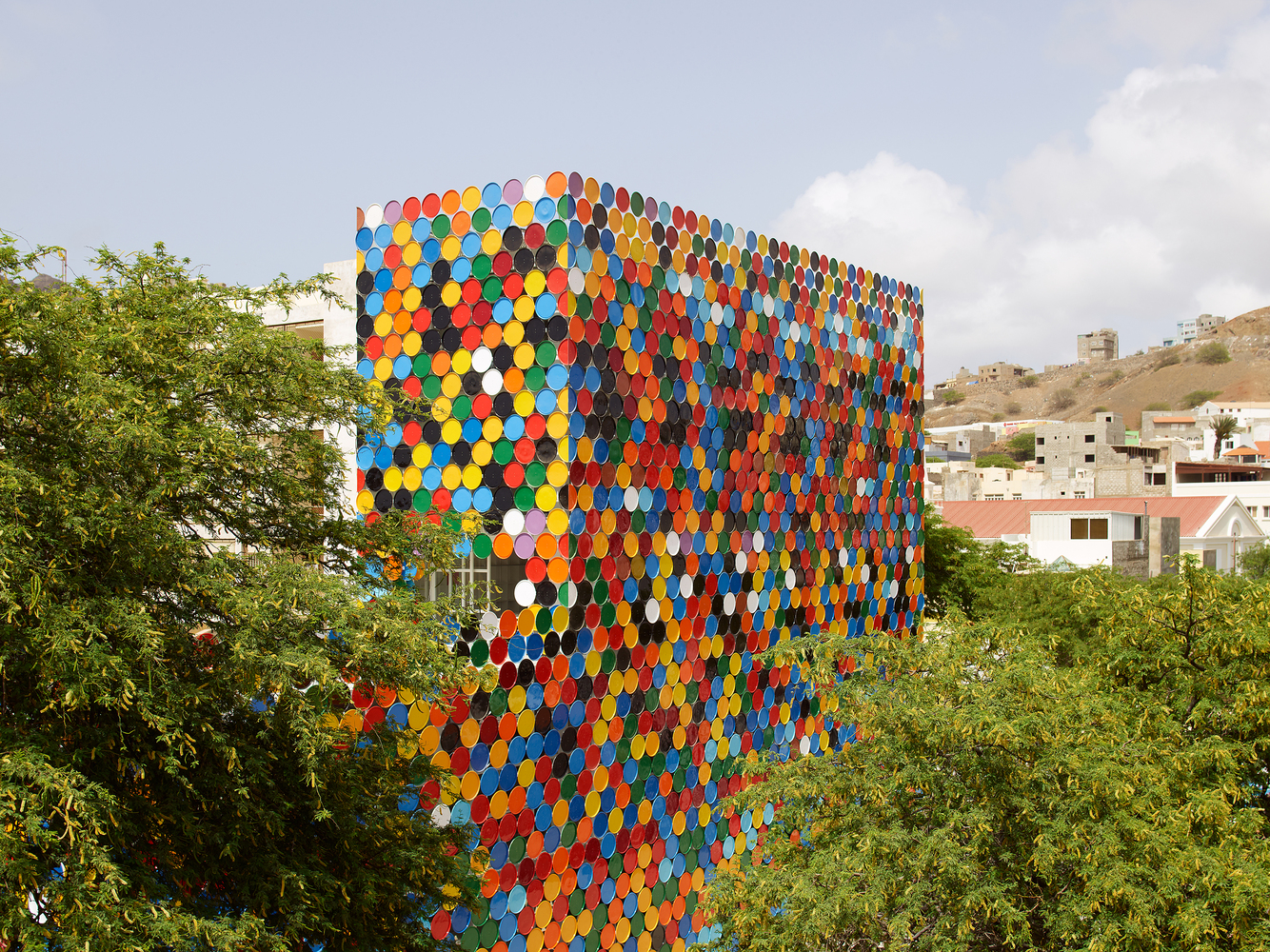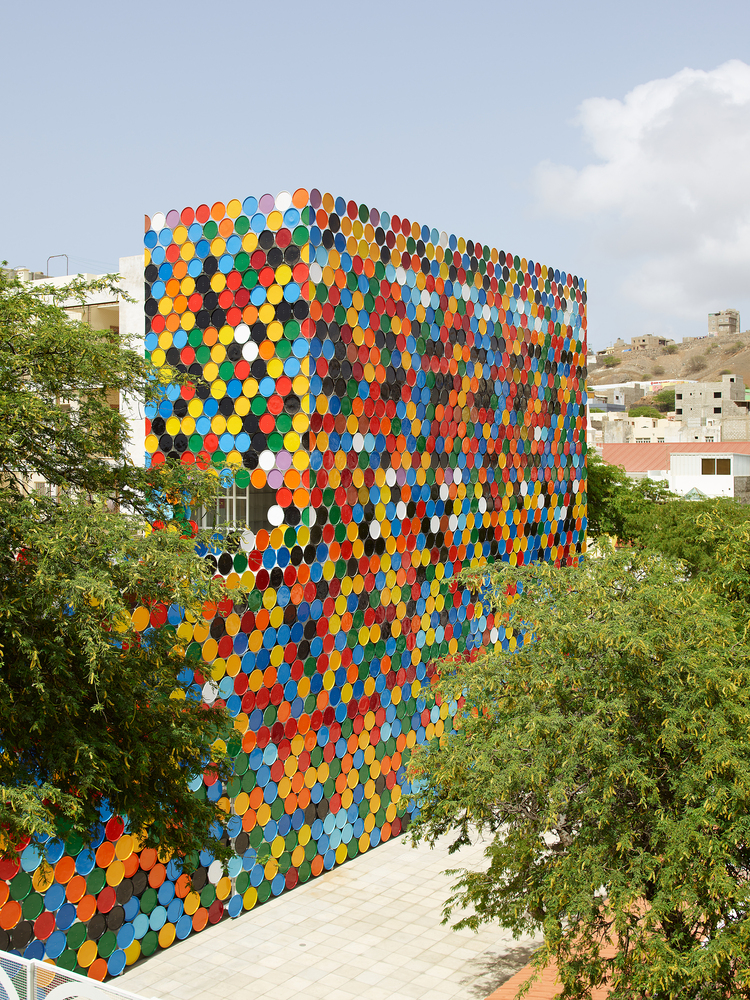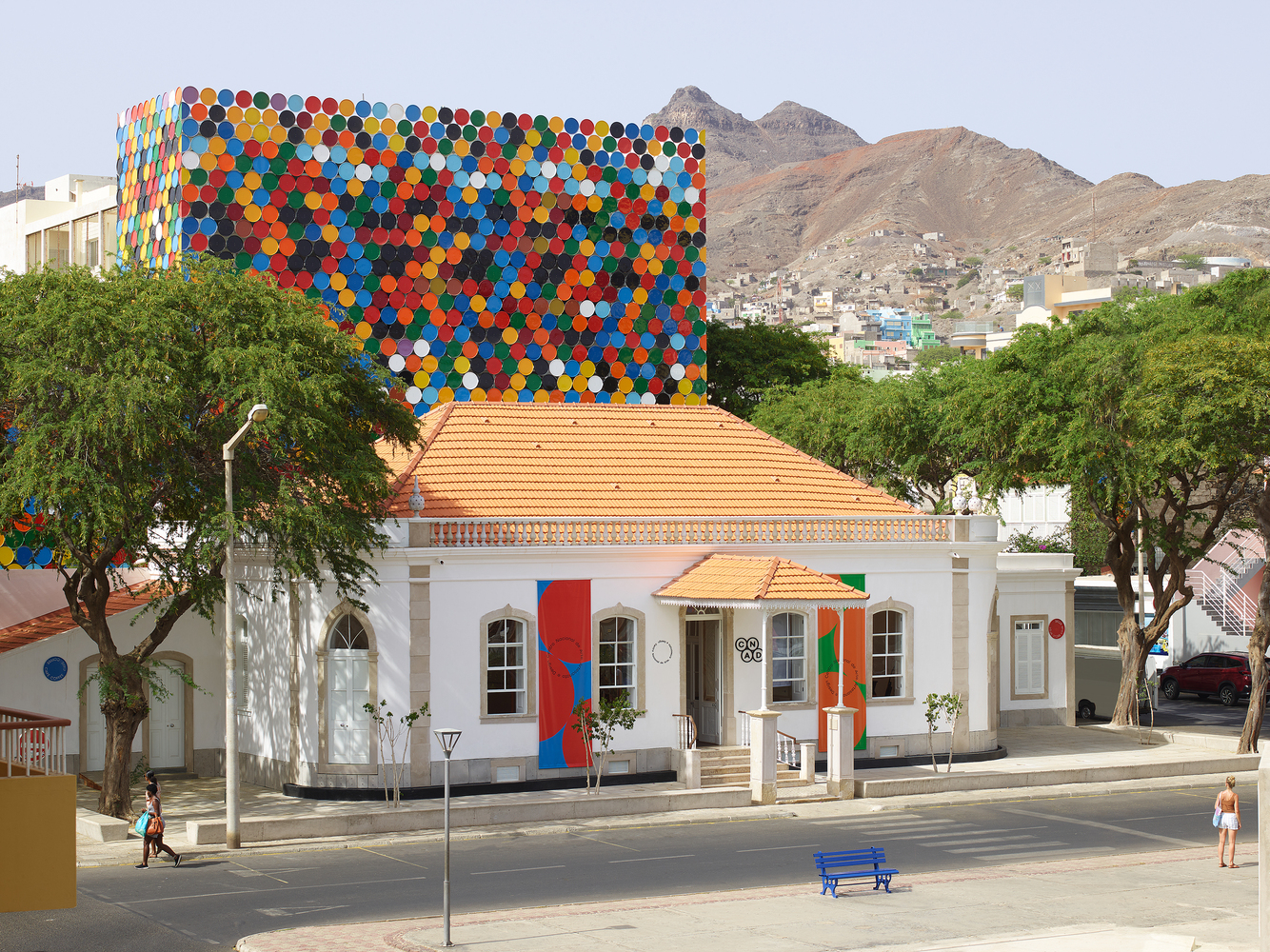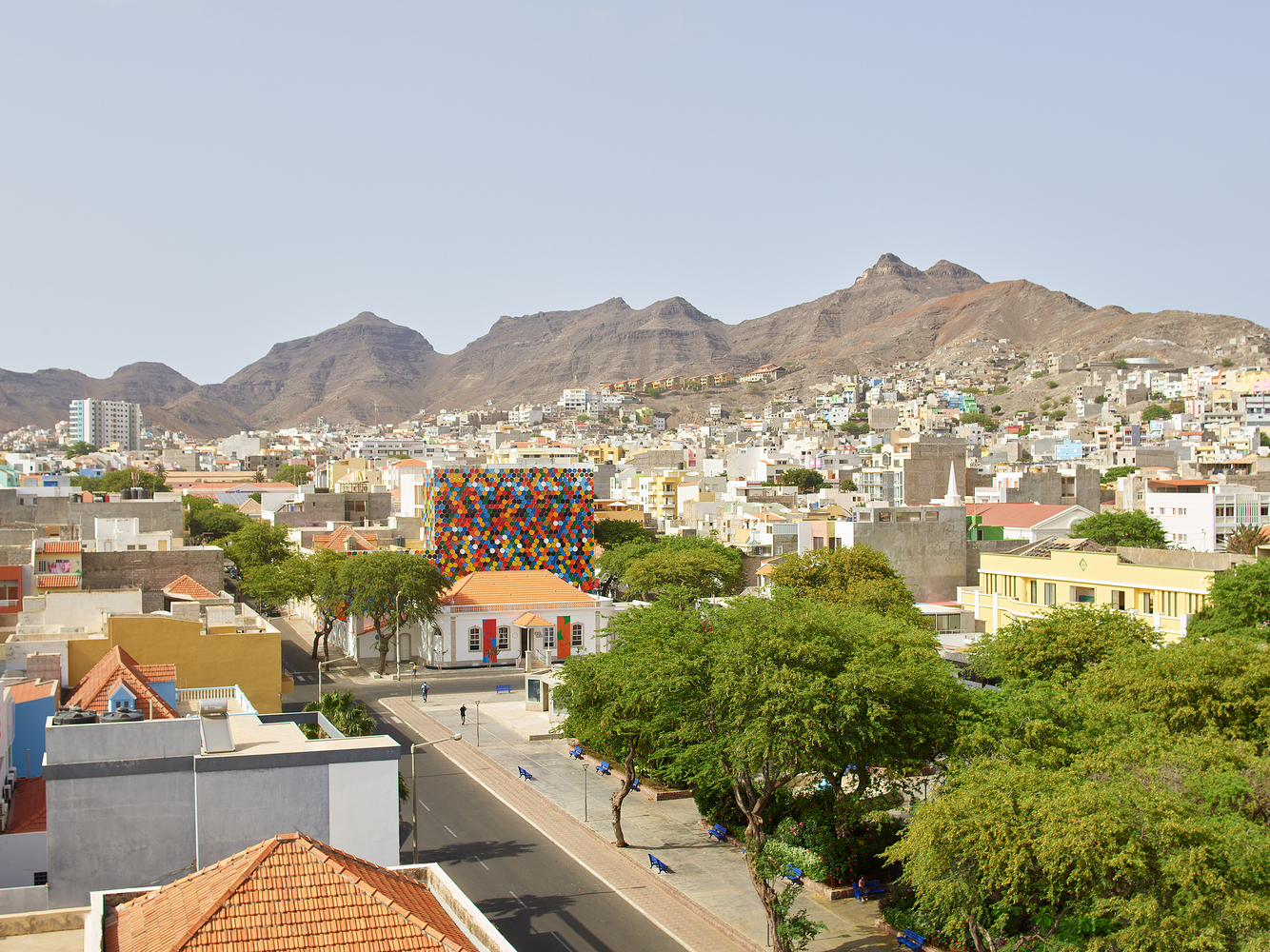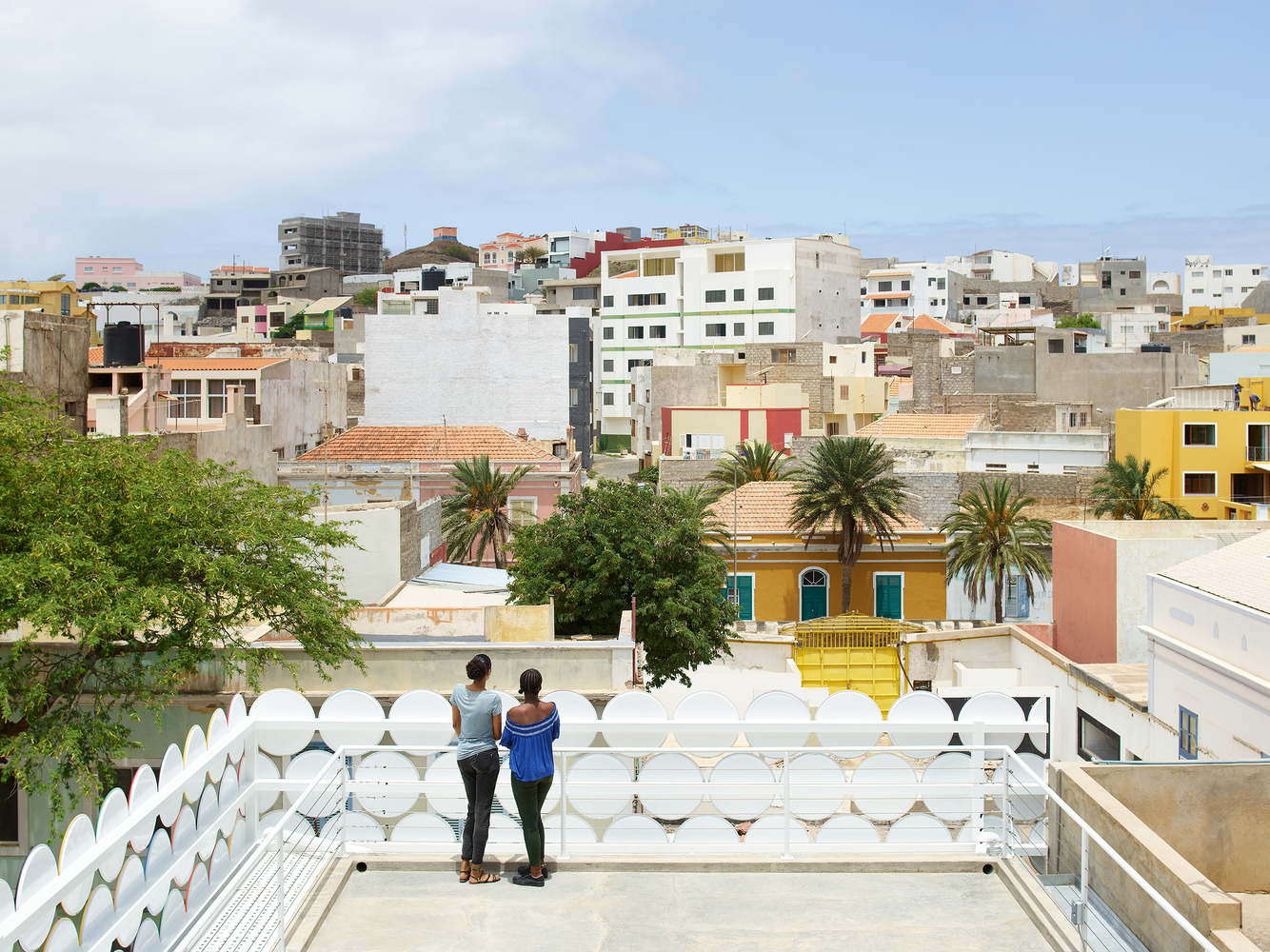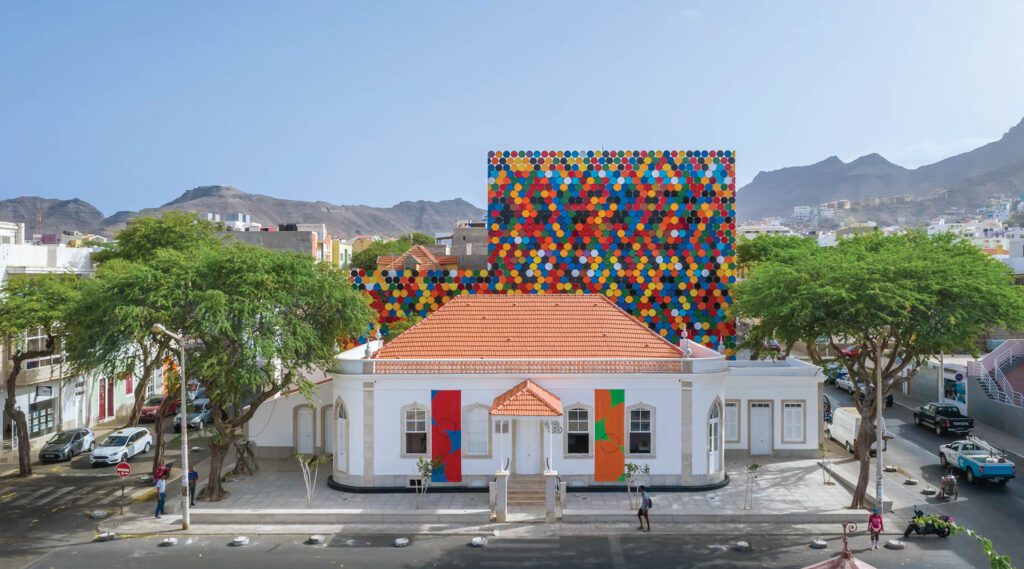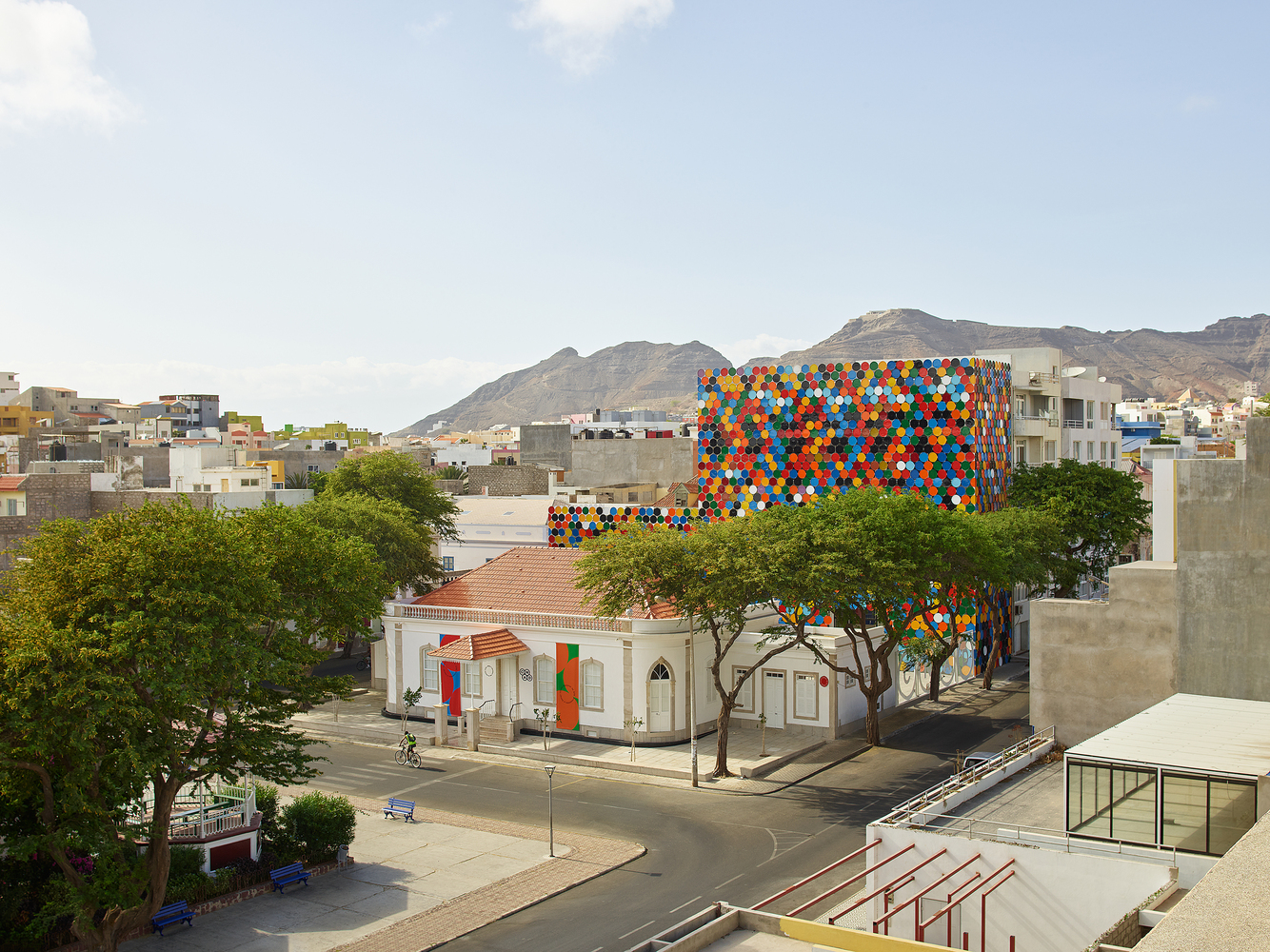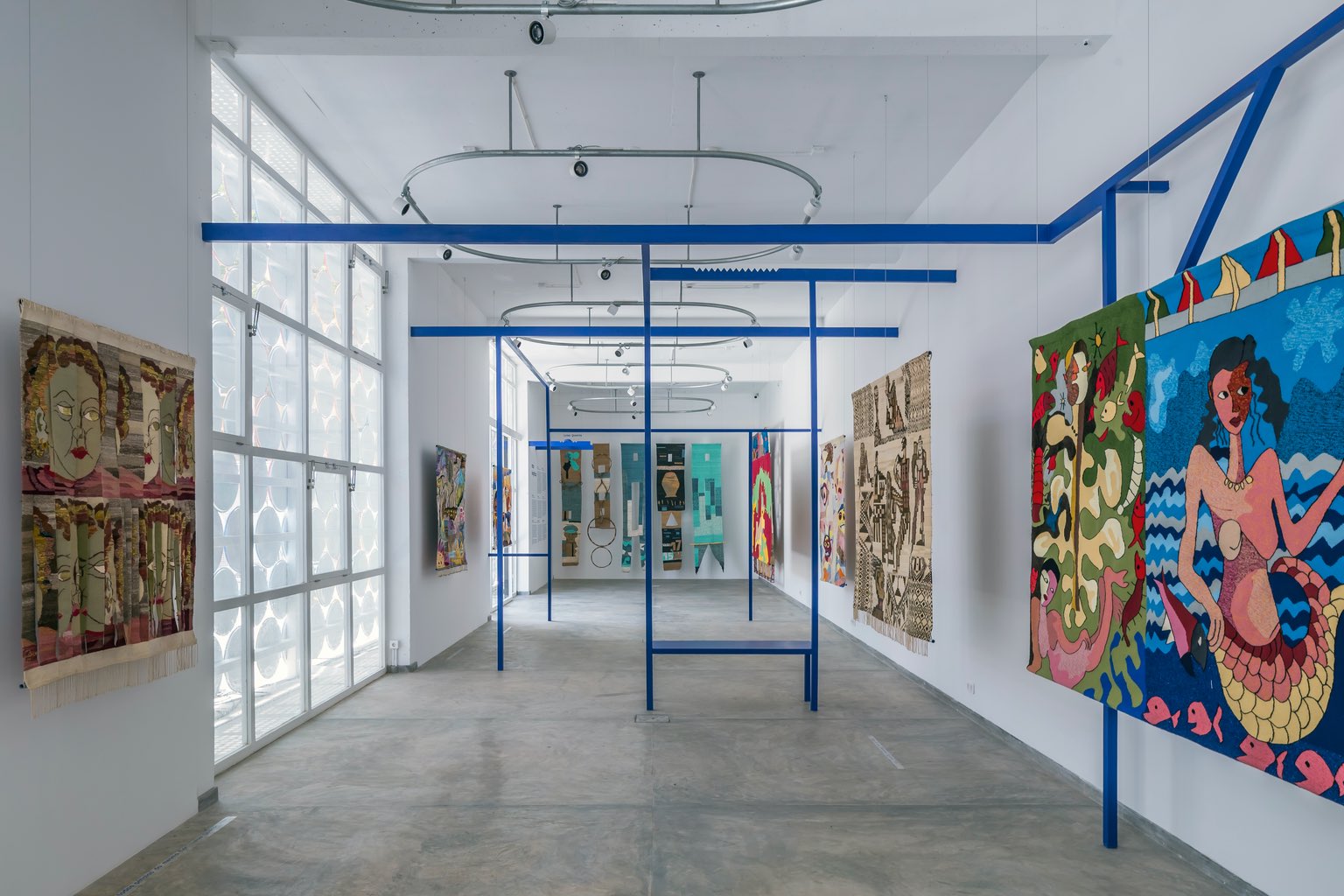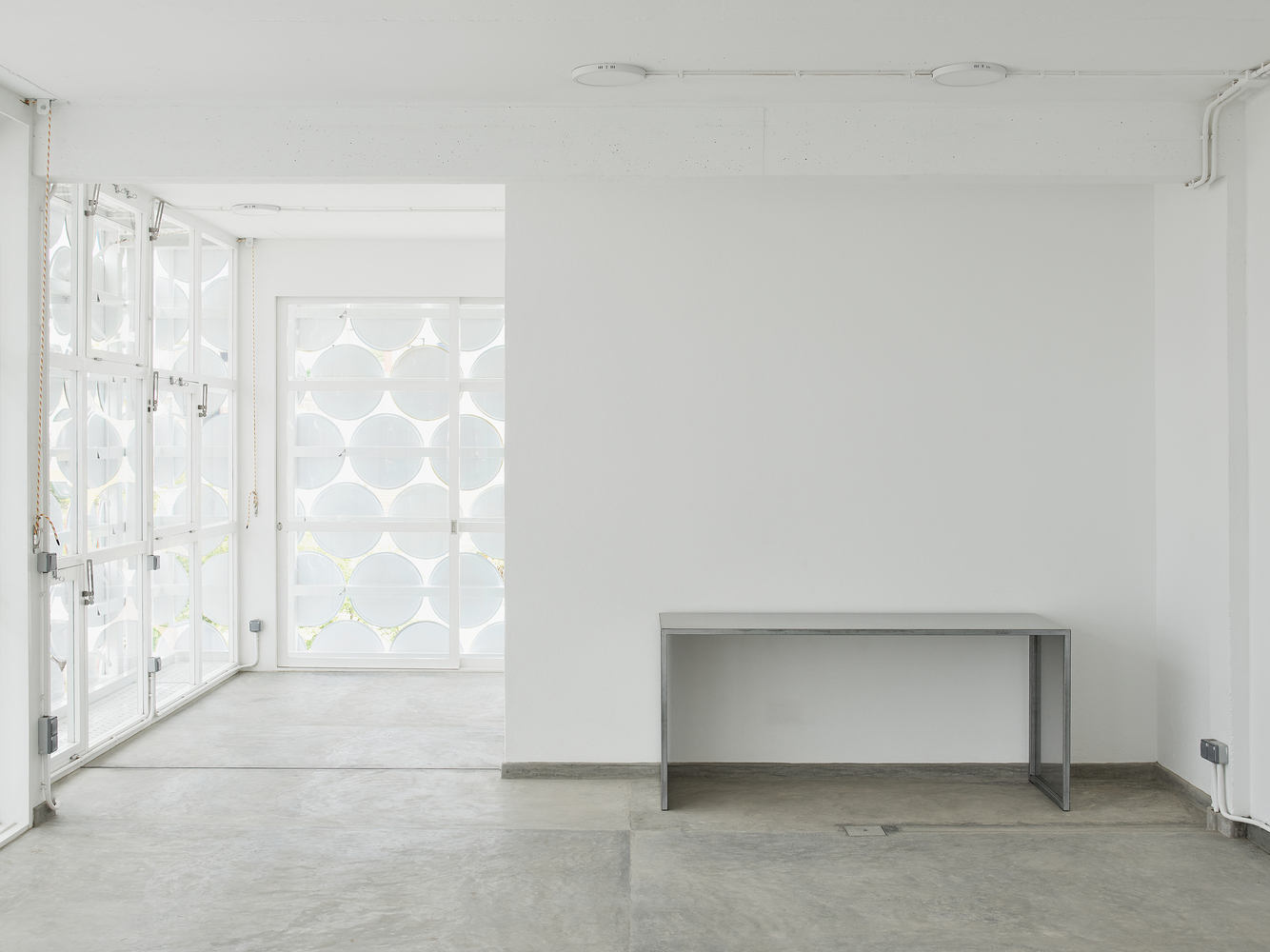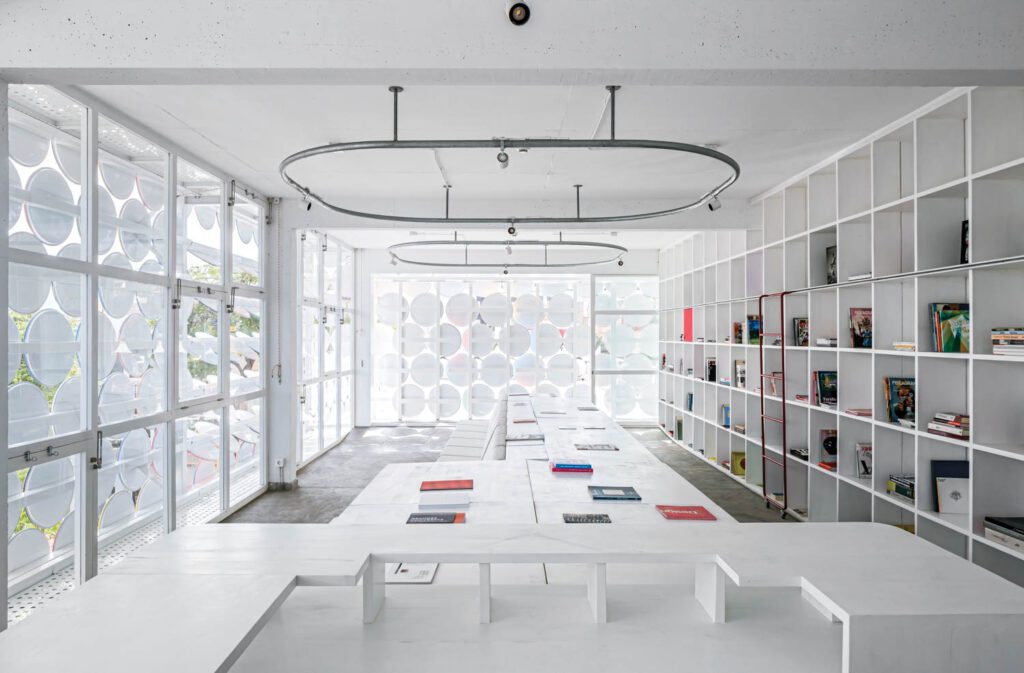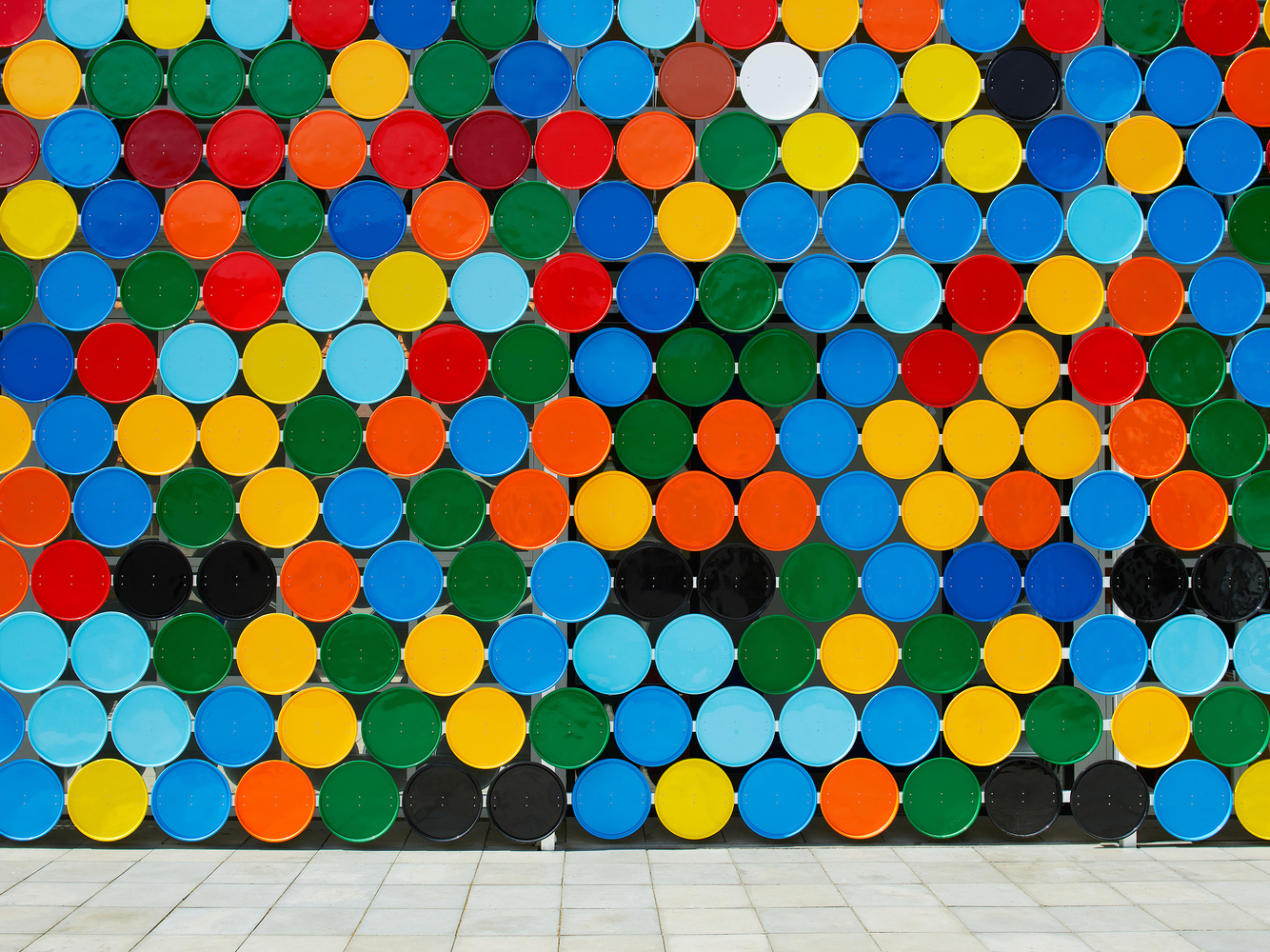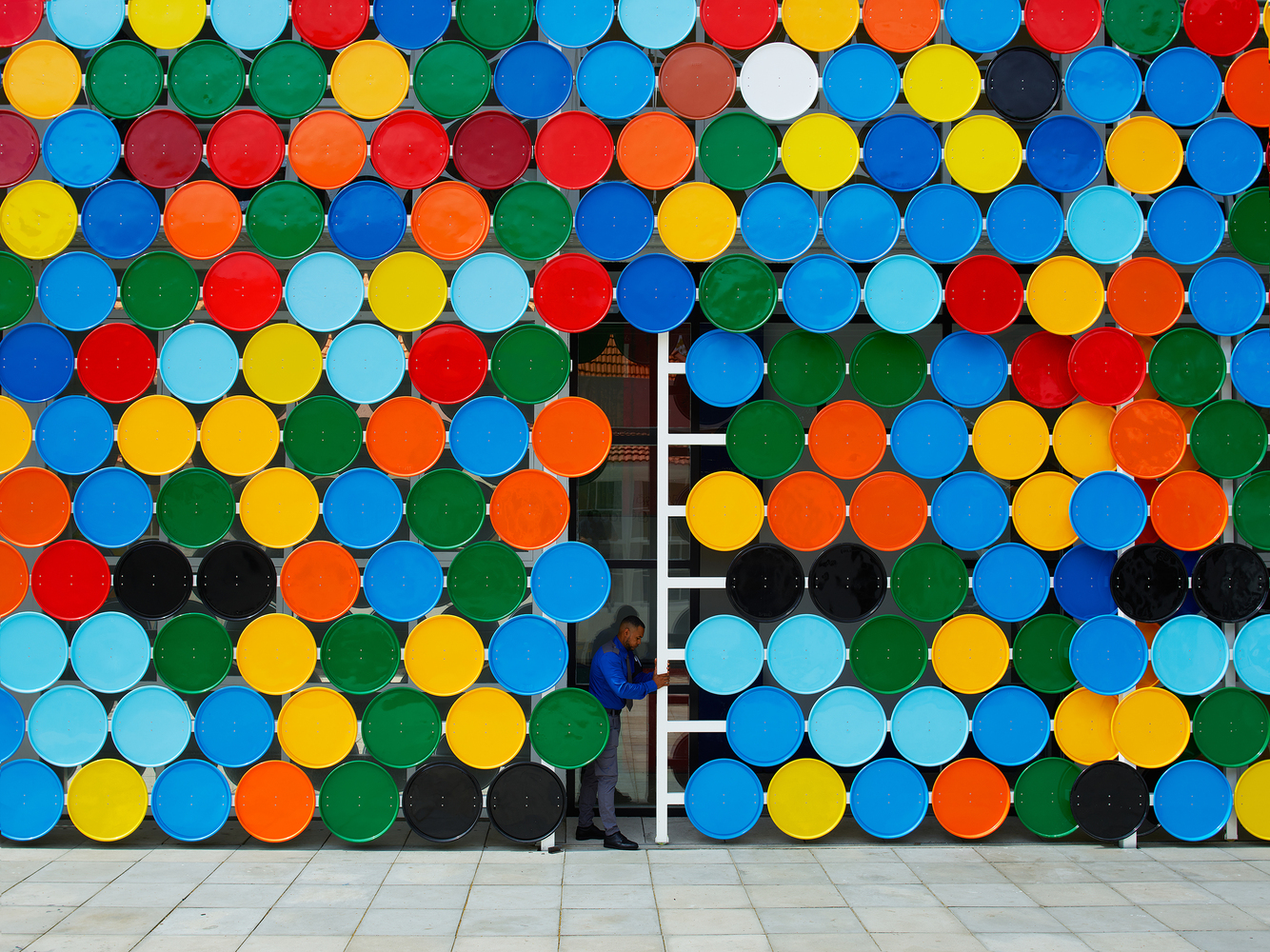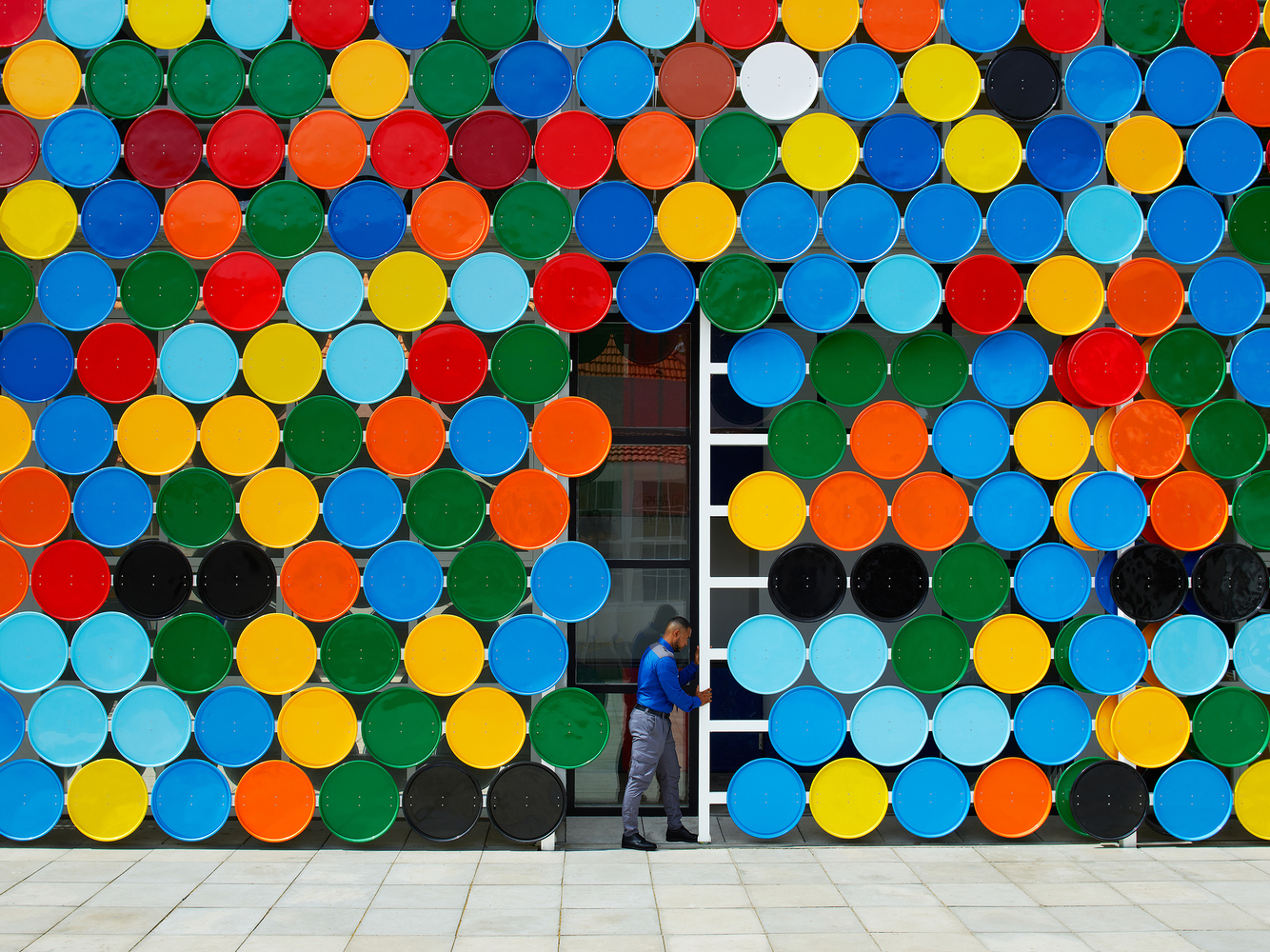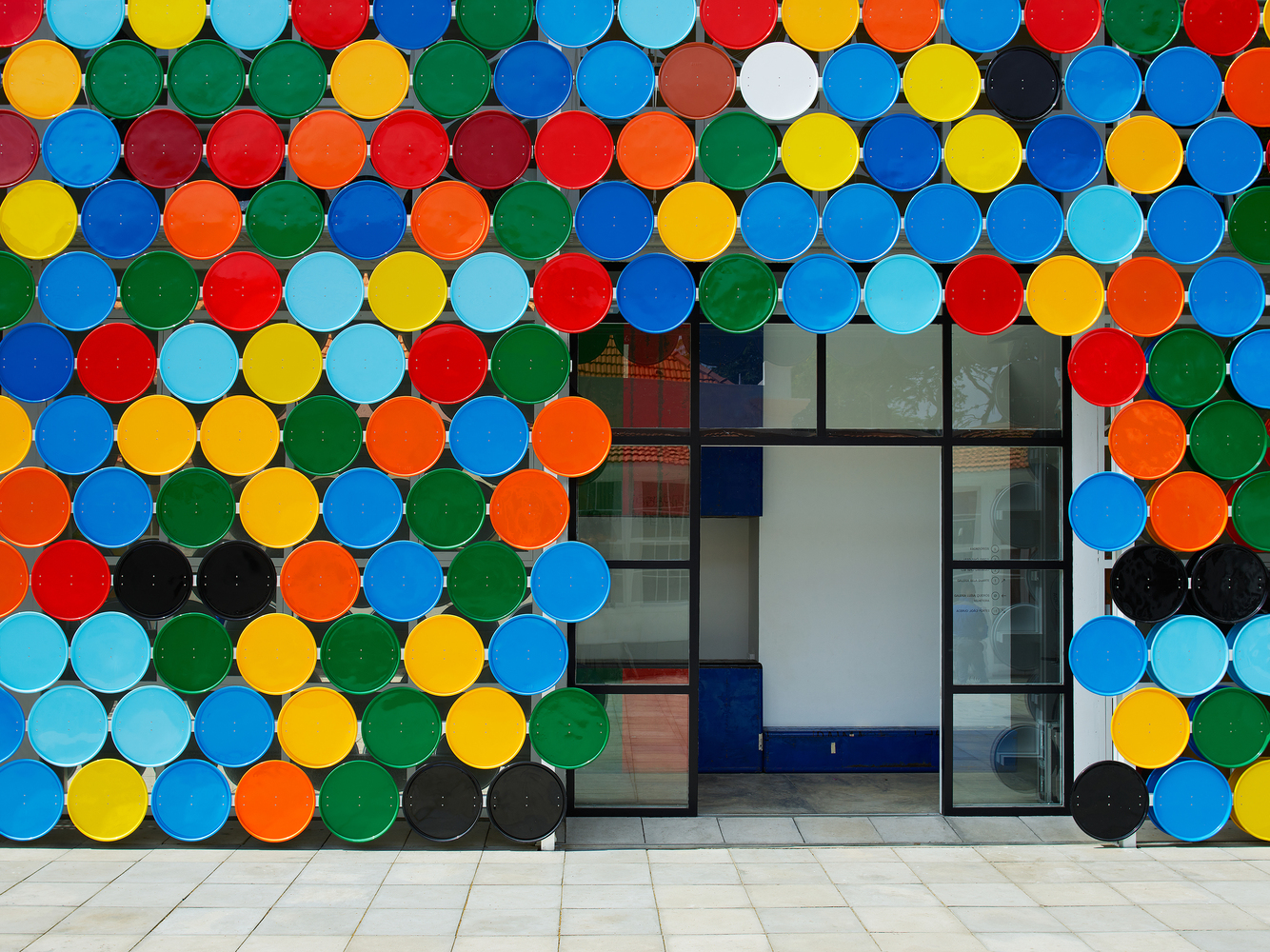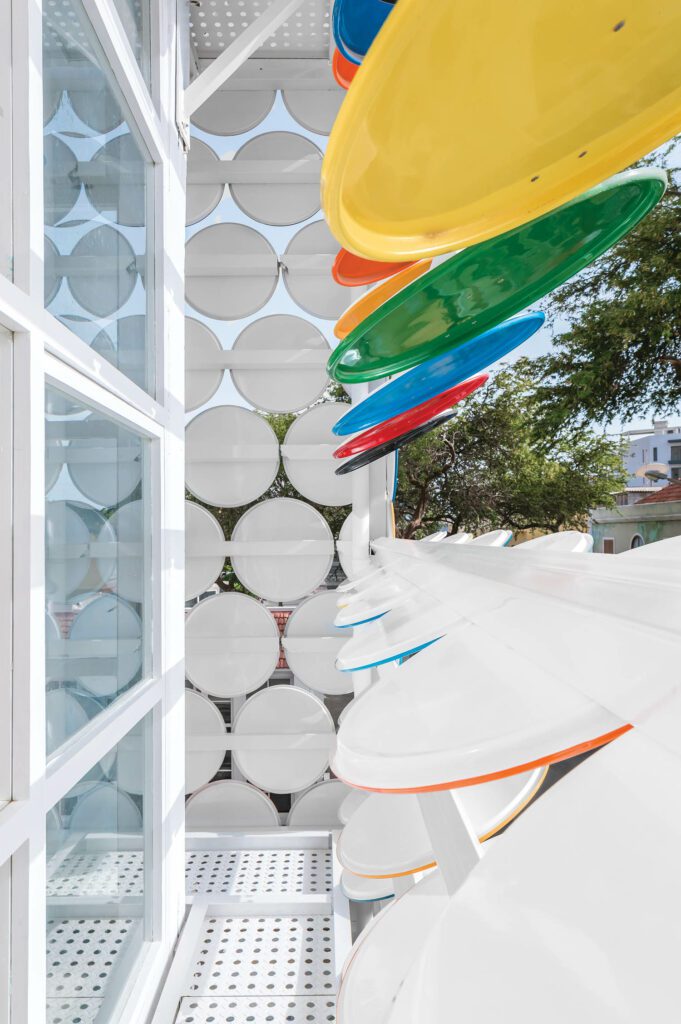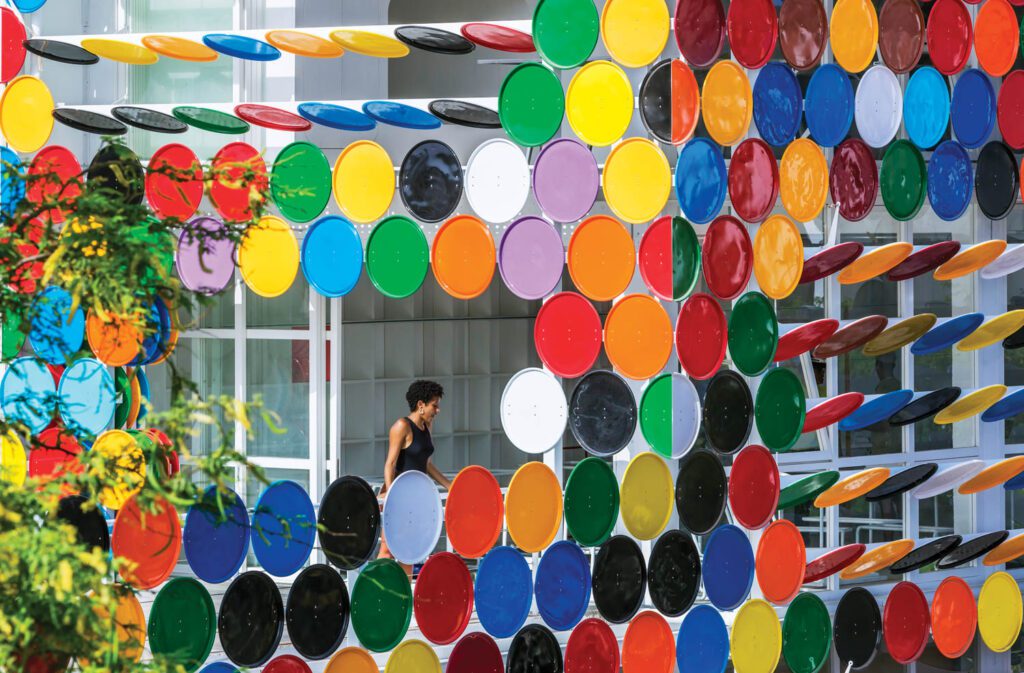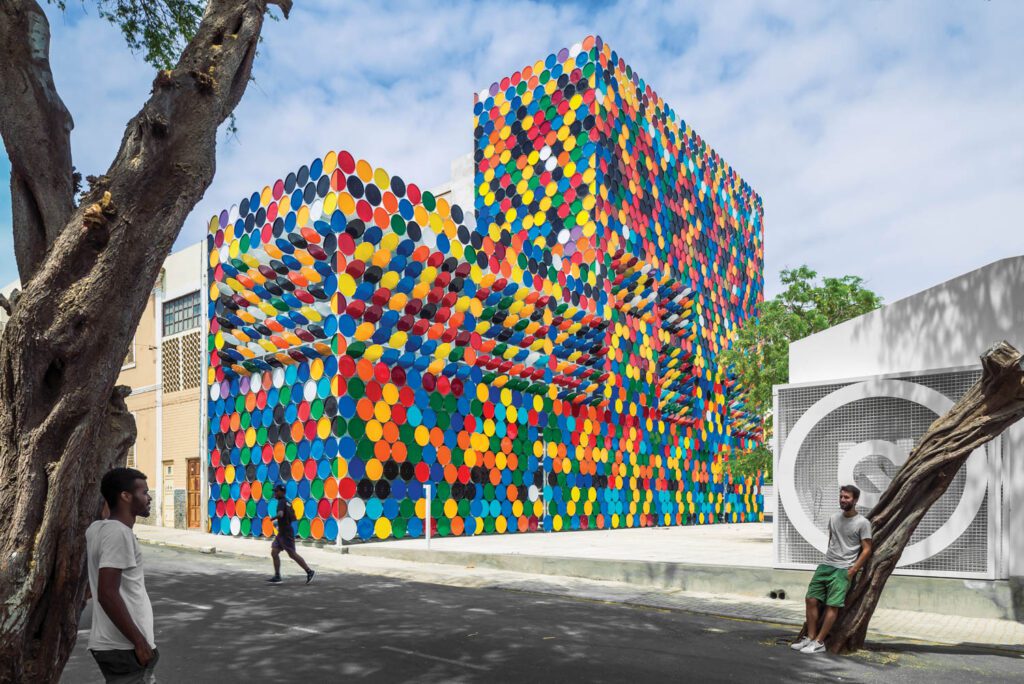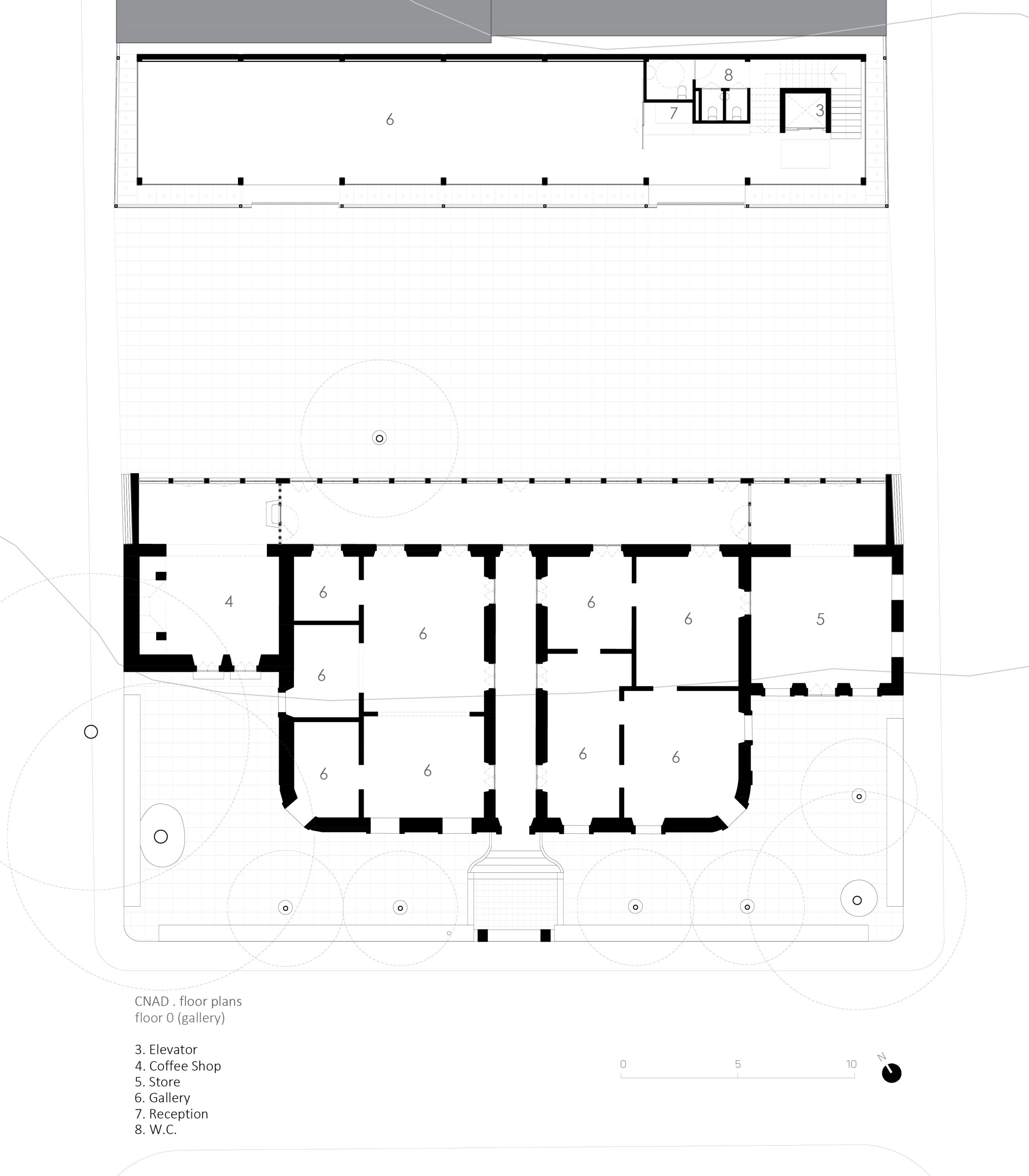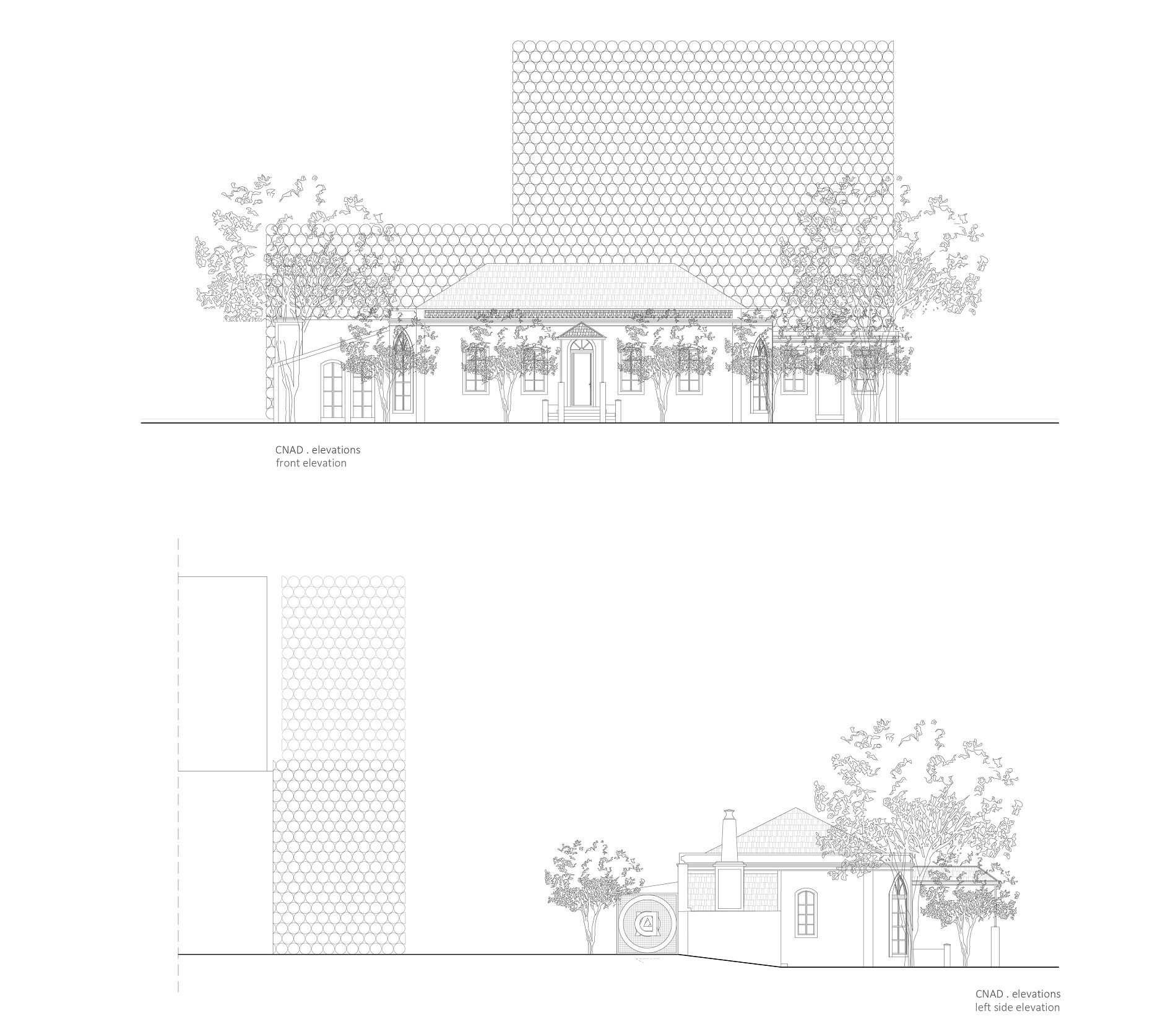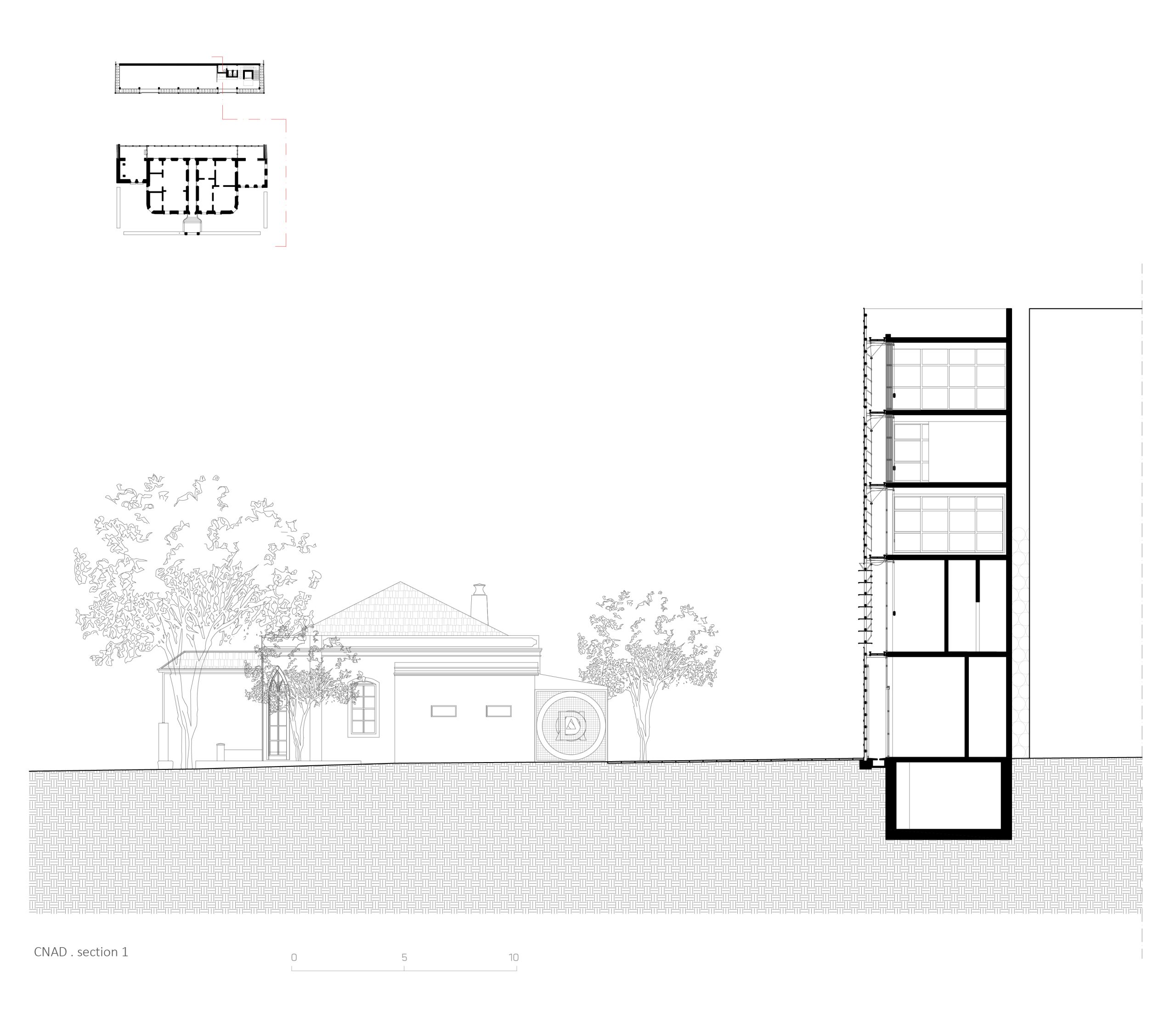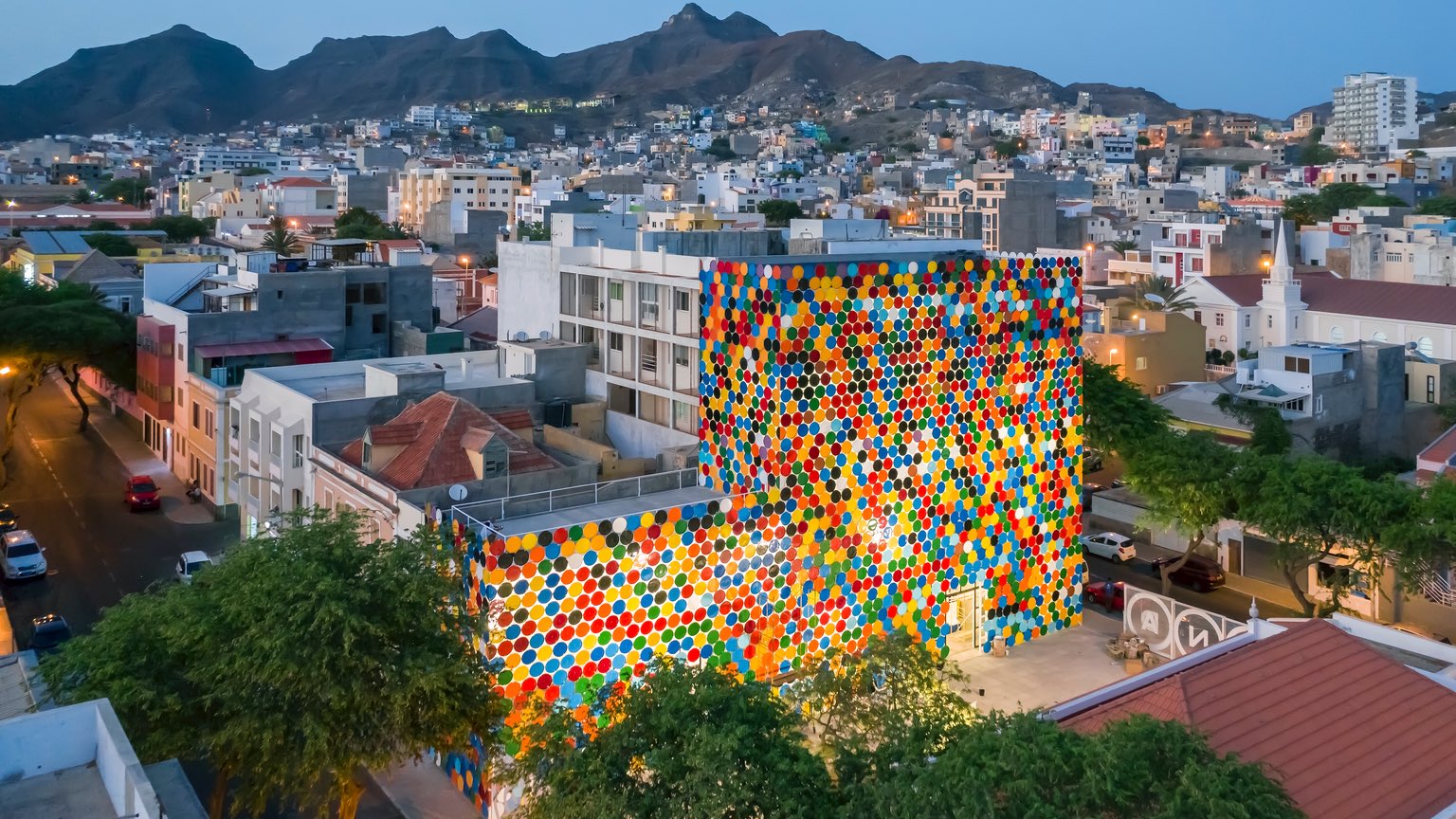
CNAD National Centre for Art, Crafts and Design in Mindelo / Ramos Castellano Arquitectos
Text written by architects Eloisa Ramos & Moreno Castellano for issue 68 of IQD
The works of the CNAD National Centre for Art, Crafts and Design in Mindelo, port city of Cape Verde, on the island of São Vicente, had to be handcrafted, and not only for the name and the function it was to perform, but above all because entrusting the manual works locally would have meant distributing the public funding, resulted from a great government effort, among the artisans of the isle. Thus fulfilling, all the more so since it is a public centre, one of the primary functions of architecture, namely that of being useful to the community. Every design choice, from materials to finishes, has been aimed at seeking to achieve this goal.
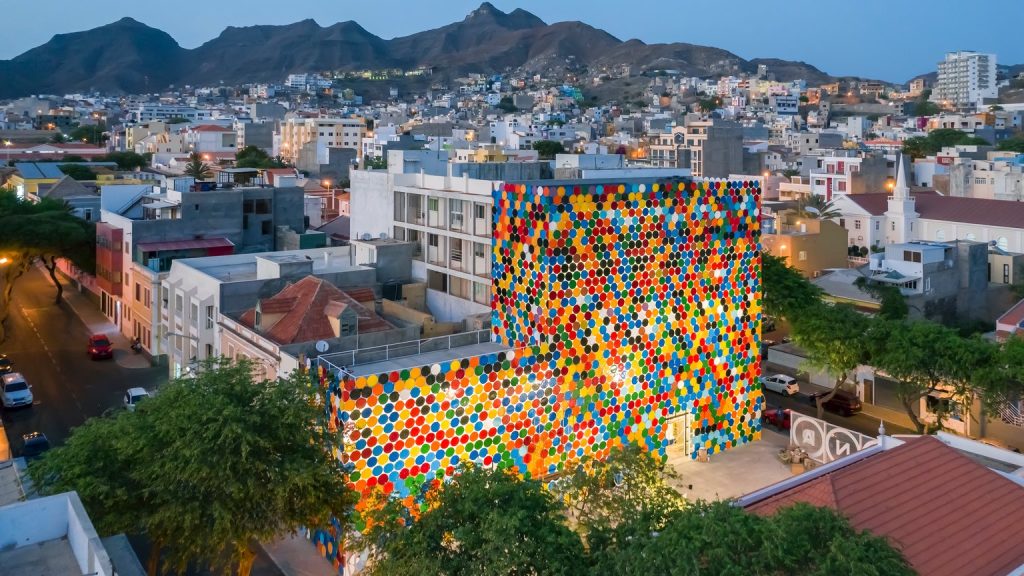

In this part of the world the industrial revolution, meant as the transition from manual labour to mechanization, is slowly starting now. Here there still exist, and they are the majority, craftsmen who daily build artefacts for the people. It is normal to turn to a craftsman for a piece of furniture, a door, some chairs, to wait patiently for him to make it, and to perceive the dexterity behind the object, built with the necessary effort and care. Here, time is still not money. Every constructive element of the CNAD is the result of this type of craftsmanship, the entire building is a great artisan work.
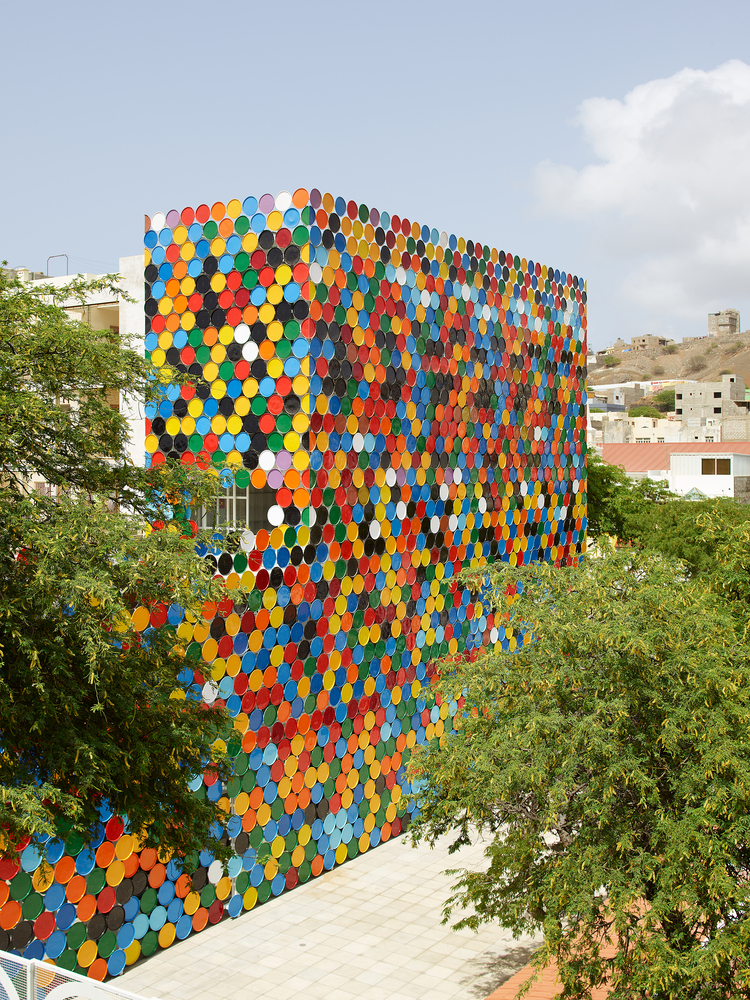
CNAD in Mindelo, Cape Verde. Image © Estúdio Peso 
CNAD in Mindelo, Cape Verde. Image © Sergio Pirrone
The construction and assembly work was carried out entirely by hand with the aid of machines which can be assimilated to simple working tools. The fair-faced concrete was reinforced by skilled carpenters with different available types of wood and plywood. The wooden frames were manufactured in artisan workshops with the aid of cutting and smoothing machines, where, however, the human element was predominant. In the metal structure, on which the prefabricated elements were mounted, welded and assembled by the carpenters, we have riveted 2,532 drumheads, recycled from old metal drums, which have been sandblasted and manually painted one by one, to form a vibrant, colourful ventilated façade.
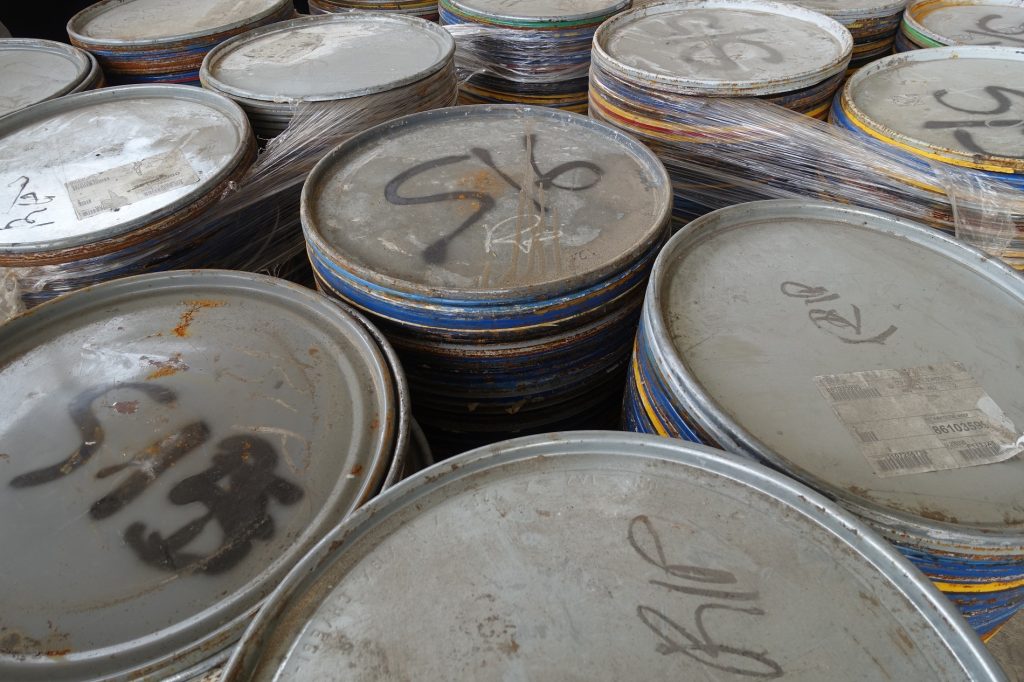
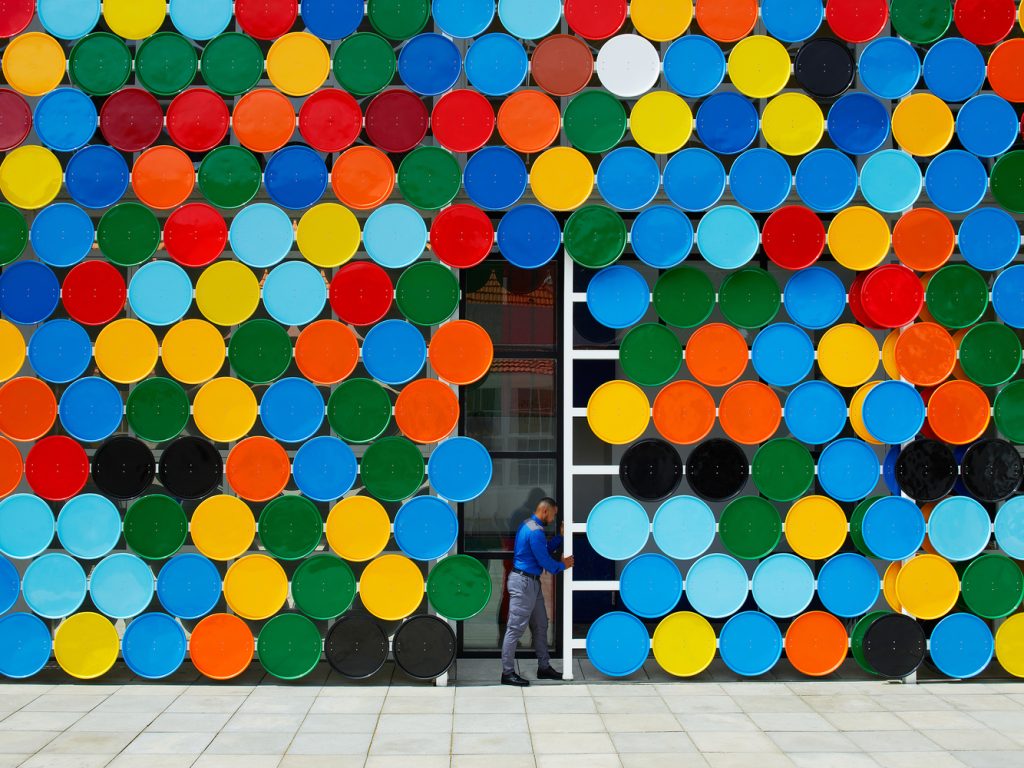
The culture of recycling is an integral part of the life of these islands, which know how to treasure every resource:
here empty drums are never wasted, they are opened and transformed into metal sheets to cover the houses, used
as formwork for the concrete casting, reworked to obtain pots and knives. The idea of using them as a base material for the restoration sounded perfect. In the new building – combined with the restored colonial house built as the residence of Senator Augusto Pereira Vera-Cruz, then transformed into a high school and, subsequently, into the headquarters of the historic radio Barlavento where Cesária Évora recorded her first songs – masons and carpenters have worked together to achieve the result of a great work of local craftsmanship, in which imperfection is tangible, and it is seen as an added value, not a defect, because it conveys a sense of manufacturing, of uniqueness.
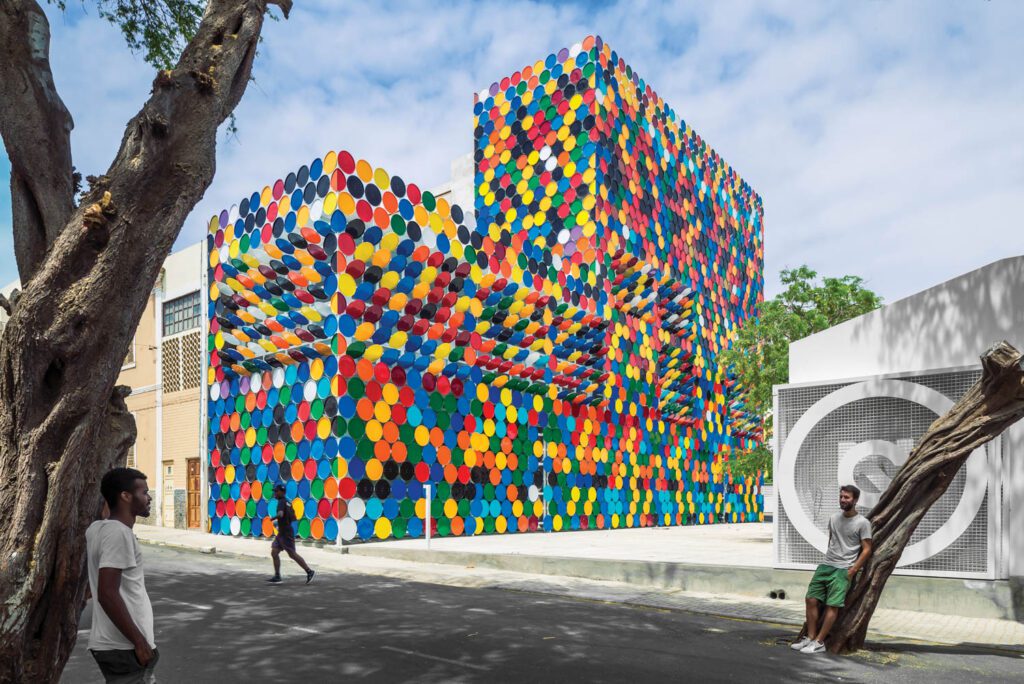
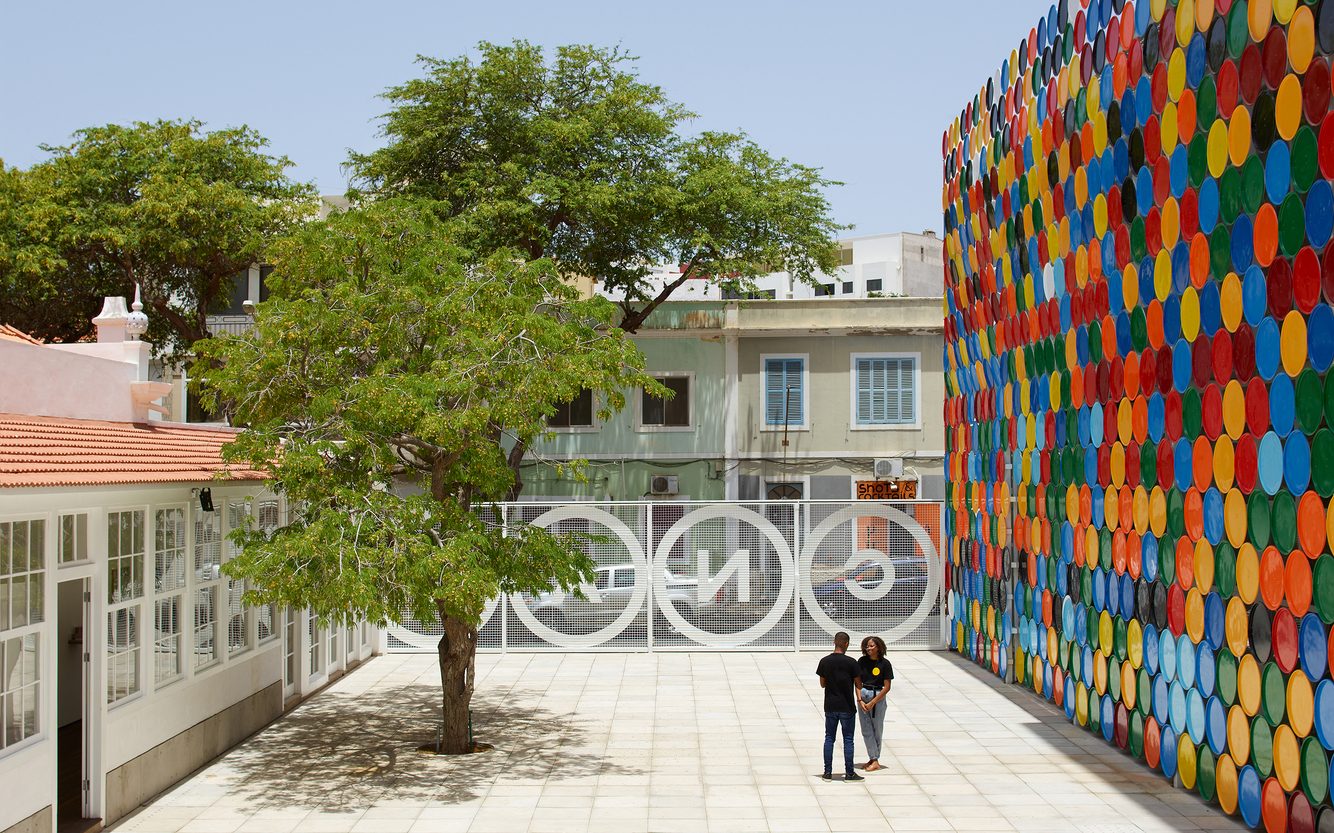
Imperfection, which distinguishes the work of man from that of the machine, is the closest to perfection one can expect from a human being, as it testifies to both his search for perfection and his being human. That same content of humanity
that transforms a building work into Architecture. Because architecture without people is just inert matter. Far from any false rhetoric or search for ephemeral media visibility, doing architecture has been designing a simple building, with clear mechanics, which functions with passive cooling systems, reusing materials destined for landfills, with a program intended
to foster the manual work through craftsmanship, art and culture and distributing the economy that generated it among those who will benefit from it.
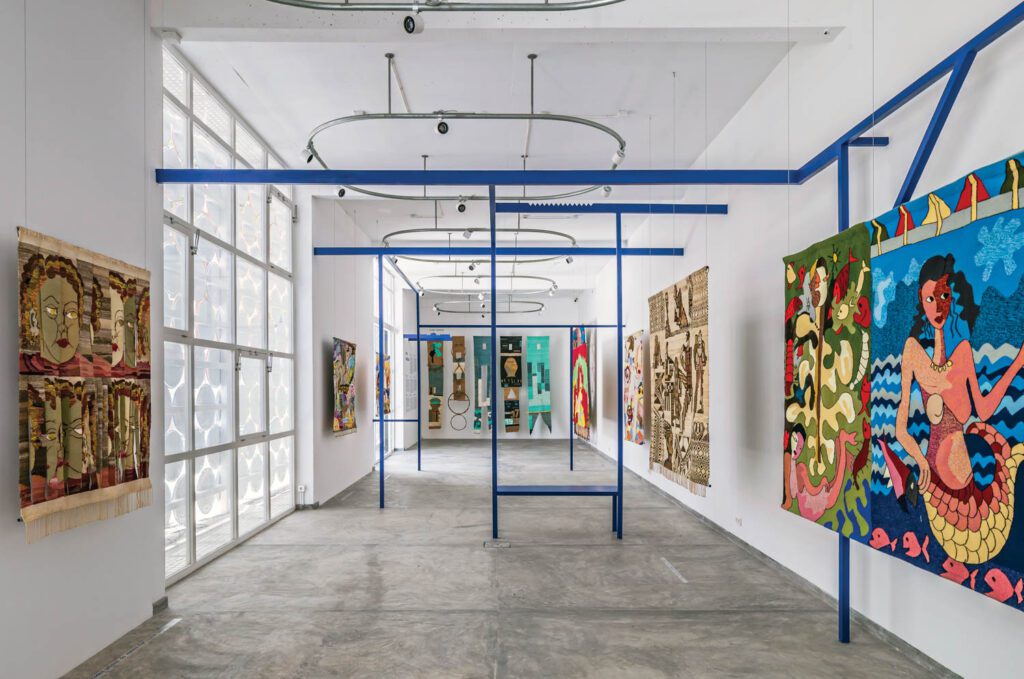
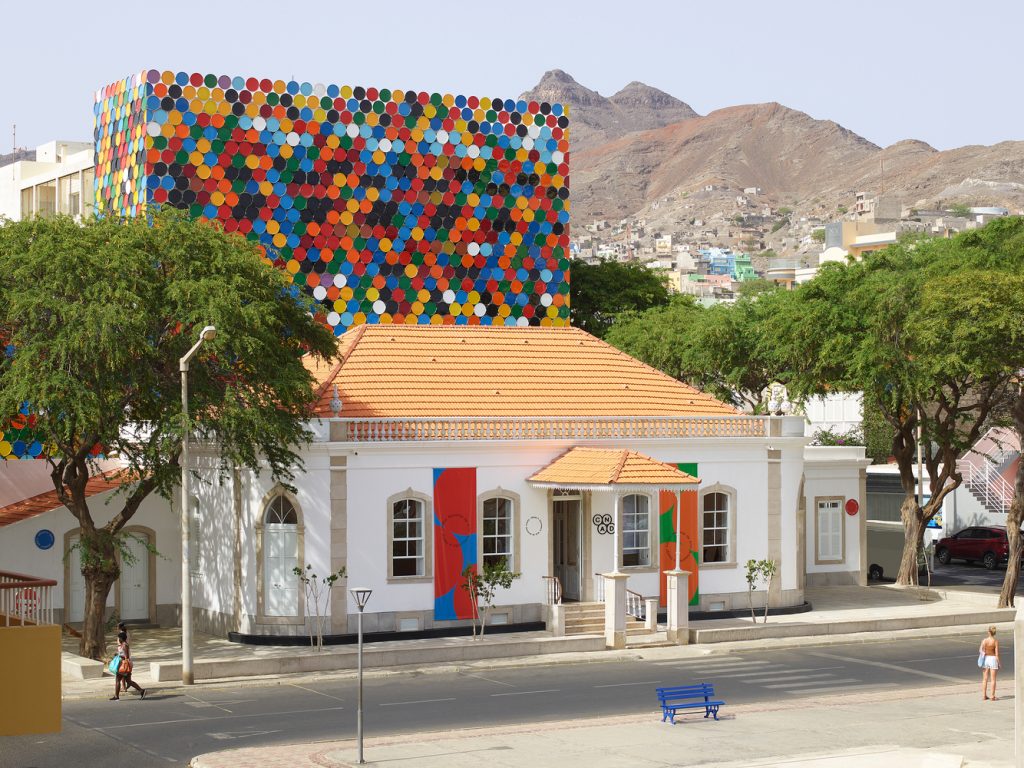
The lesson that these countries teach us, for those who know how to learn from it, is that every avant-garde is
generated by people, not by geography, and that, ideally, the centre of the universe can be located anywhere in the
universe. Through the transformation of matter we can transform the consciousness, through architecture we can cancel the perception of a first, second, and third world. Senseless division of one single humanity.
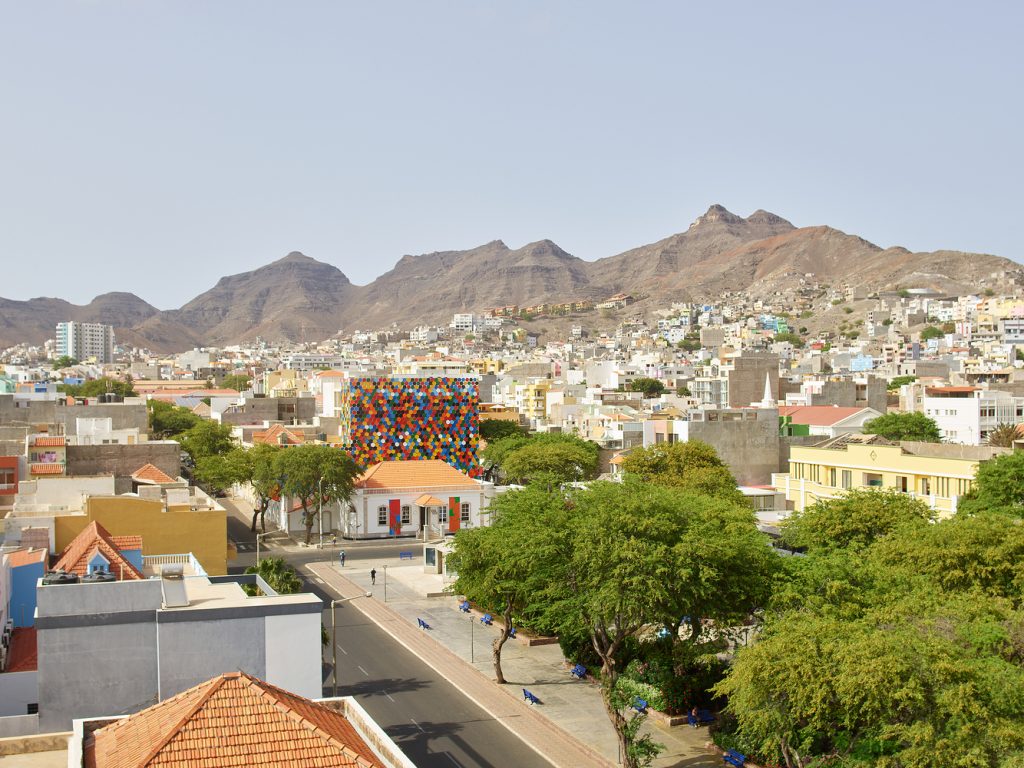
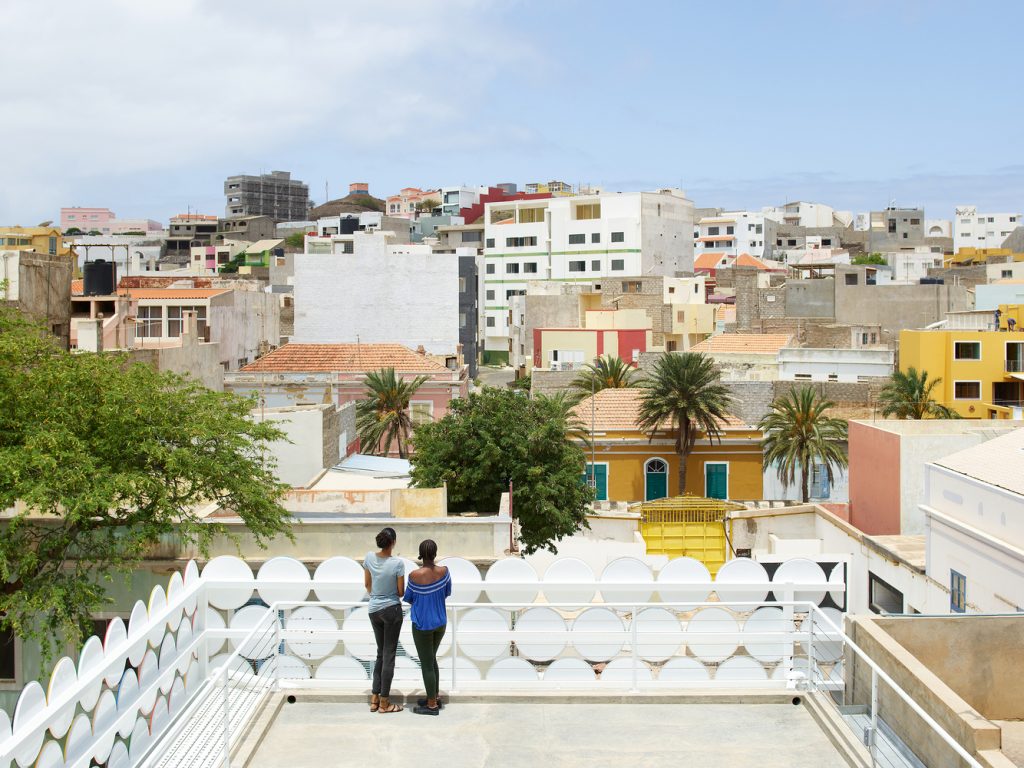
- Project name: CNAD
- Location: Mindelo, Cape Verde
- Year: 2022
- Firm: Ramos Castellano Arquitectos
- Team: Eloisa Ramos, Moreno Castellano
- Photography: Estudio Peso, Sergio Pirrone, Bruno Kenny, Diogo-Bento


